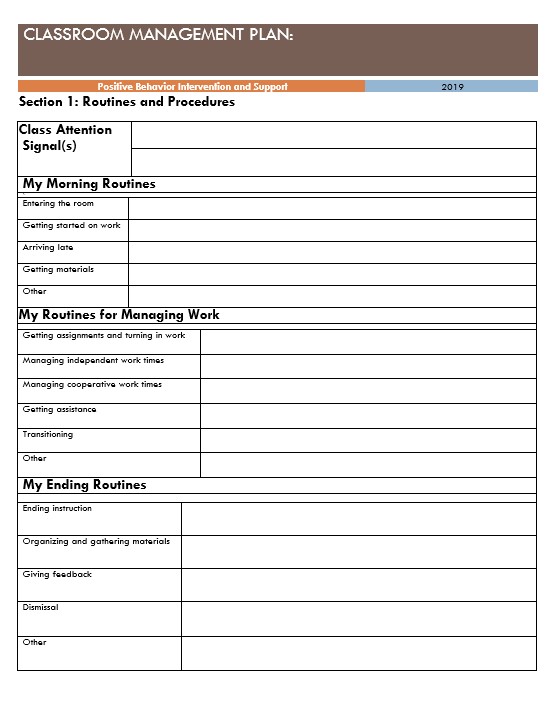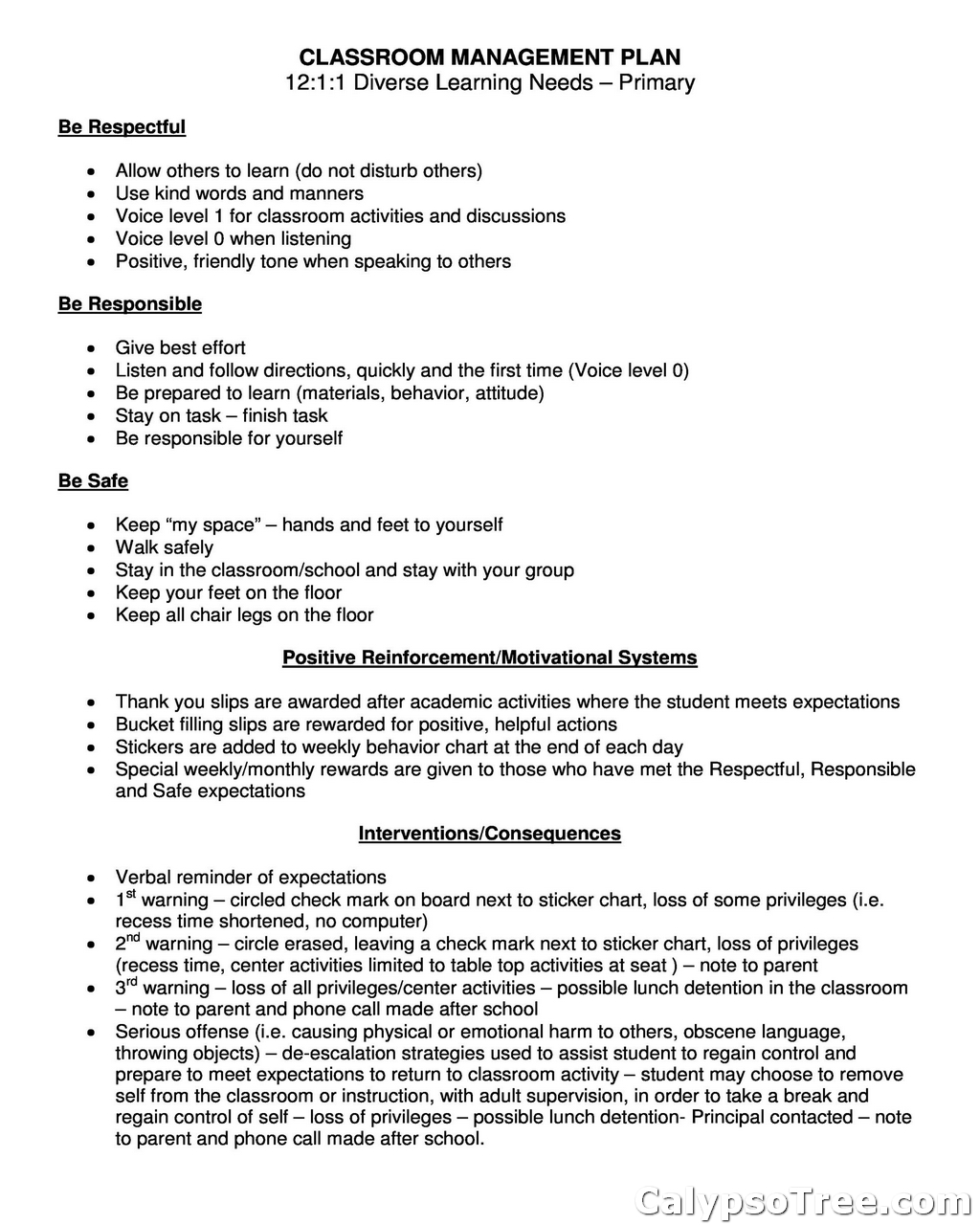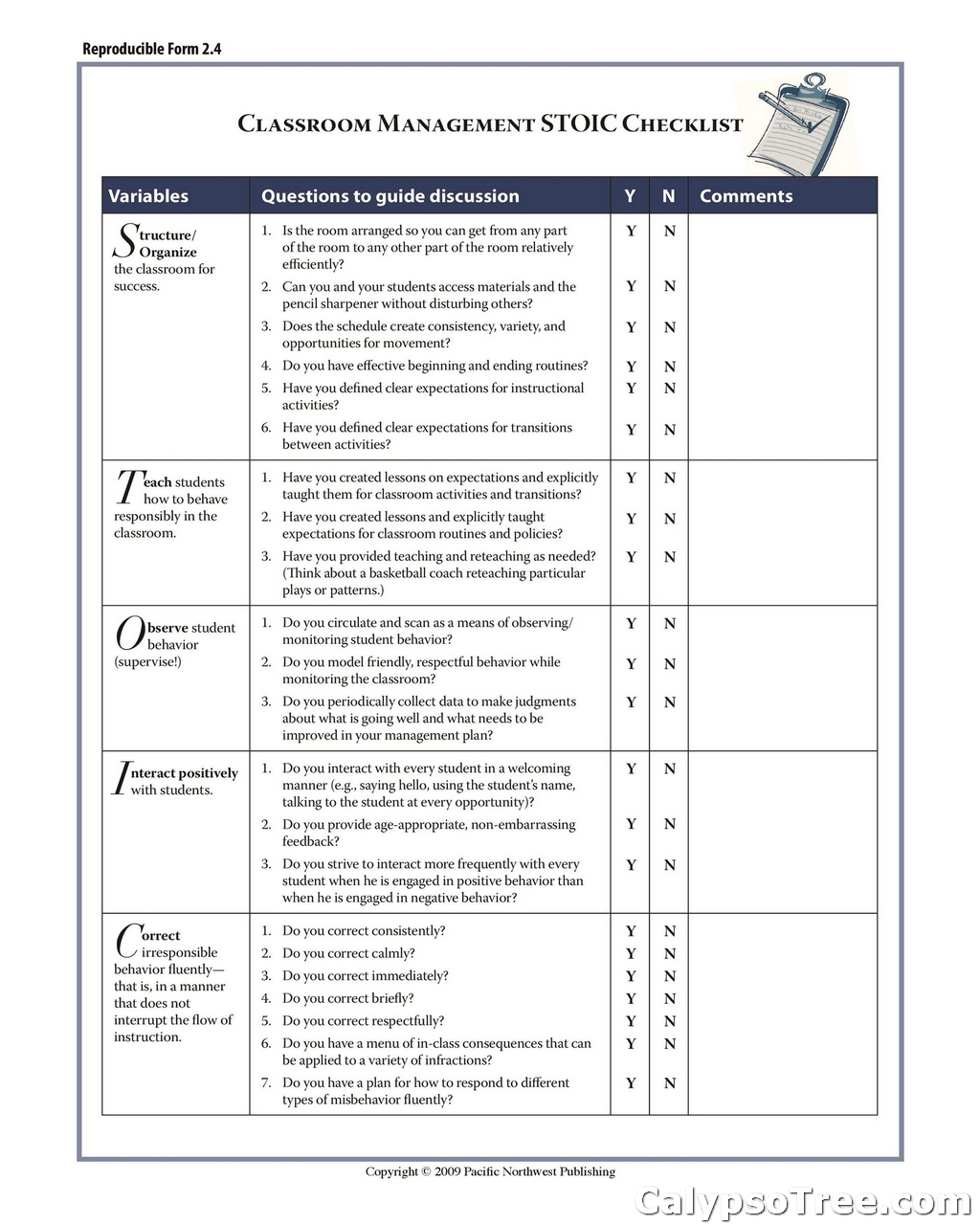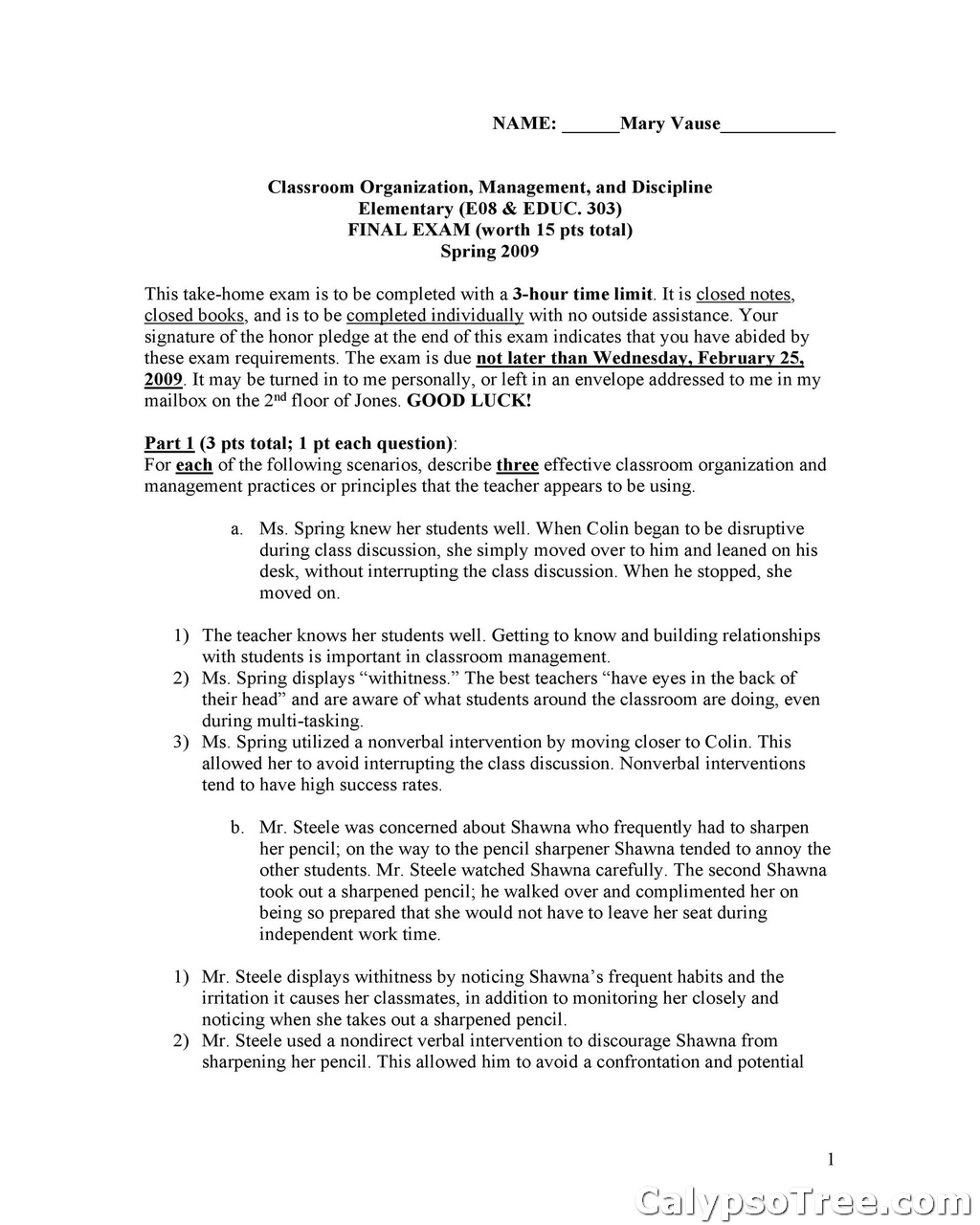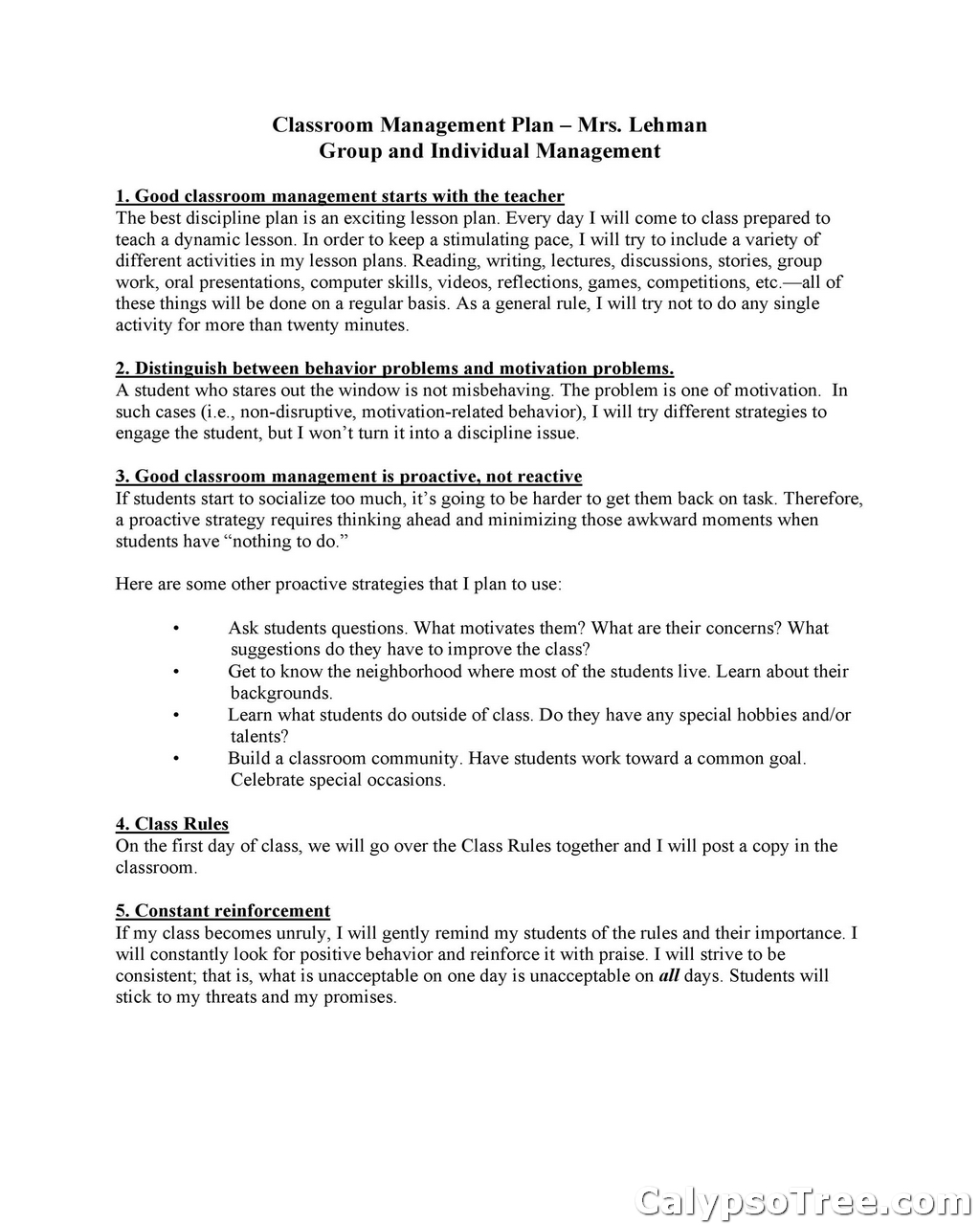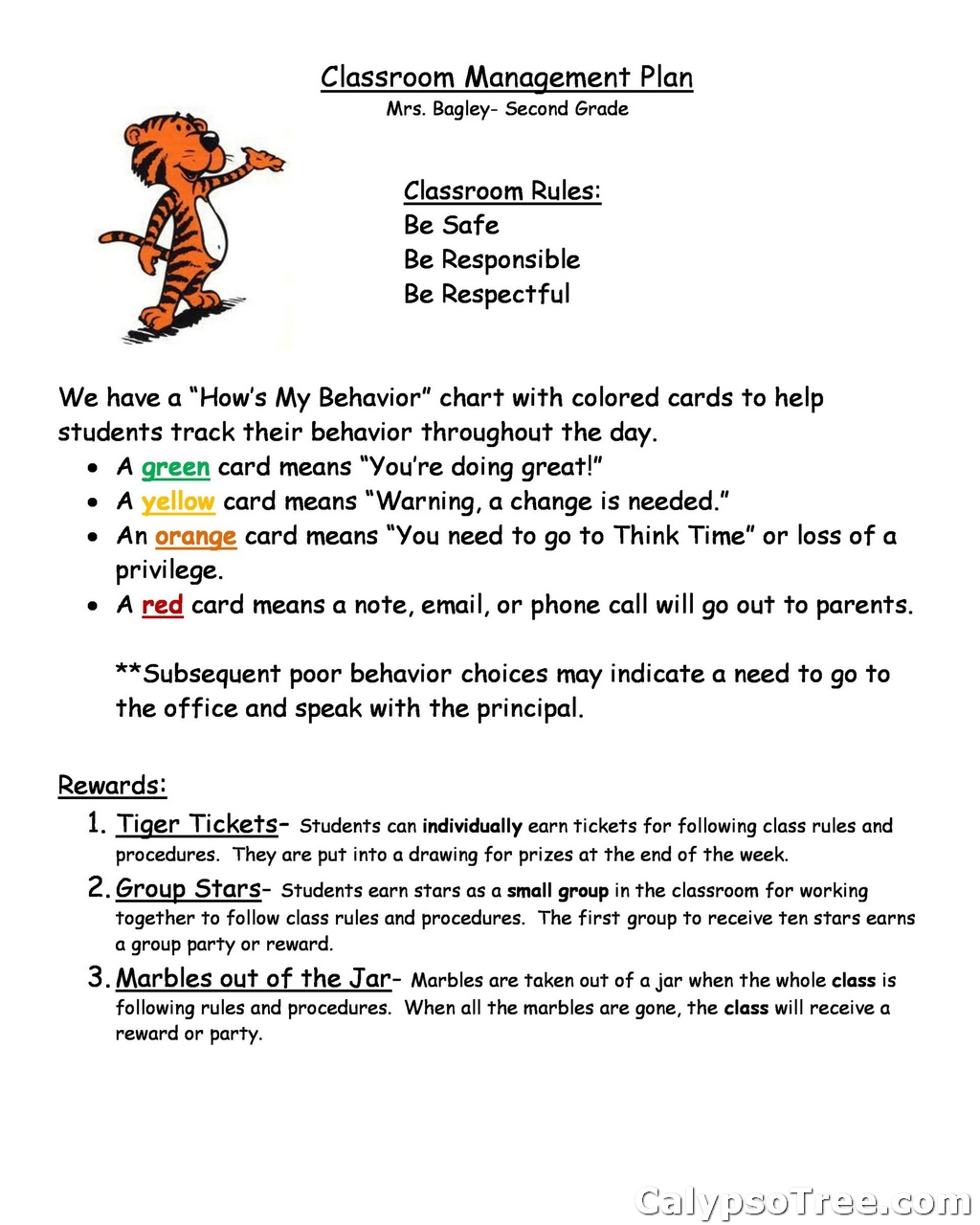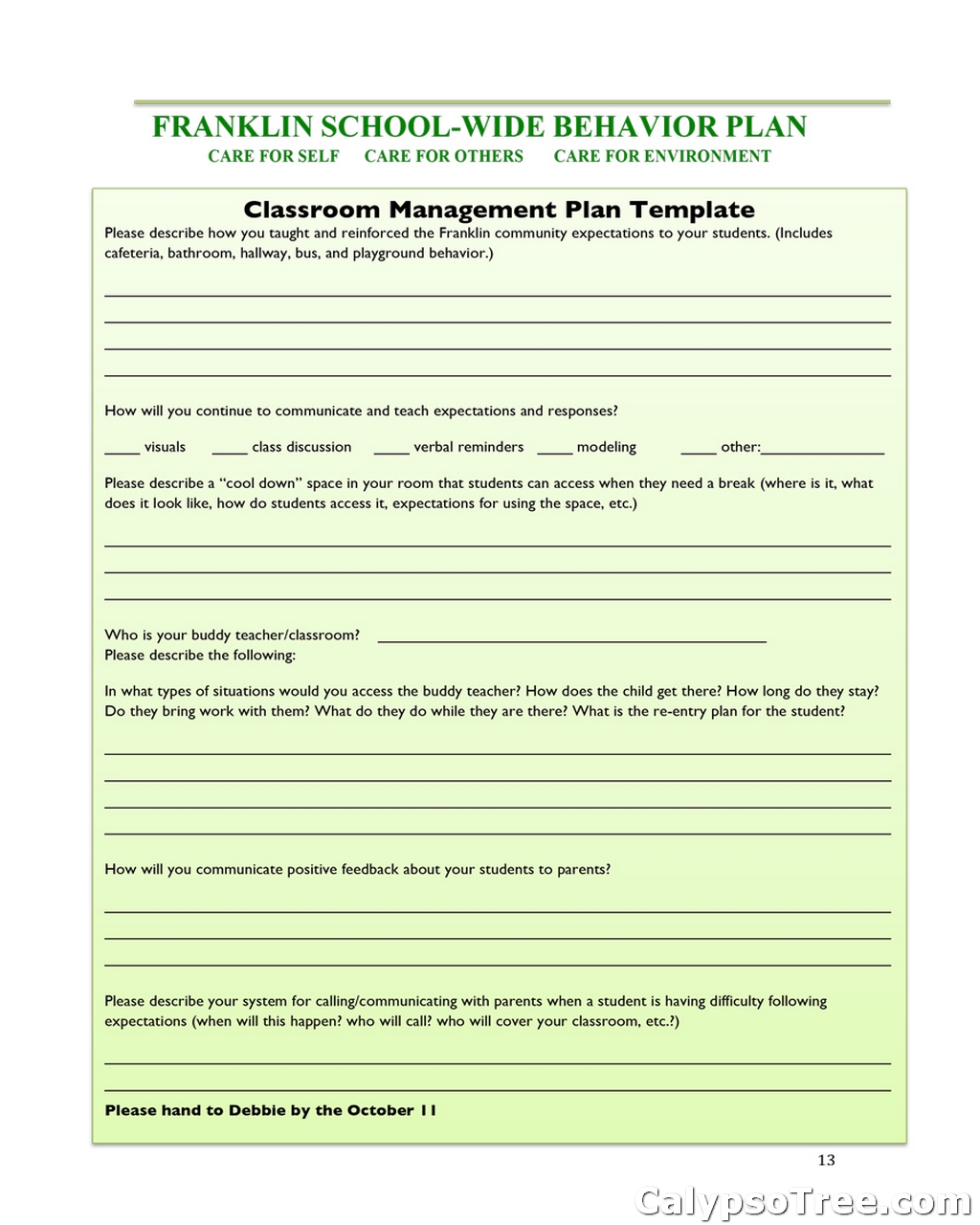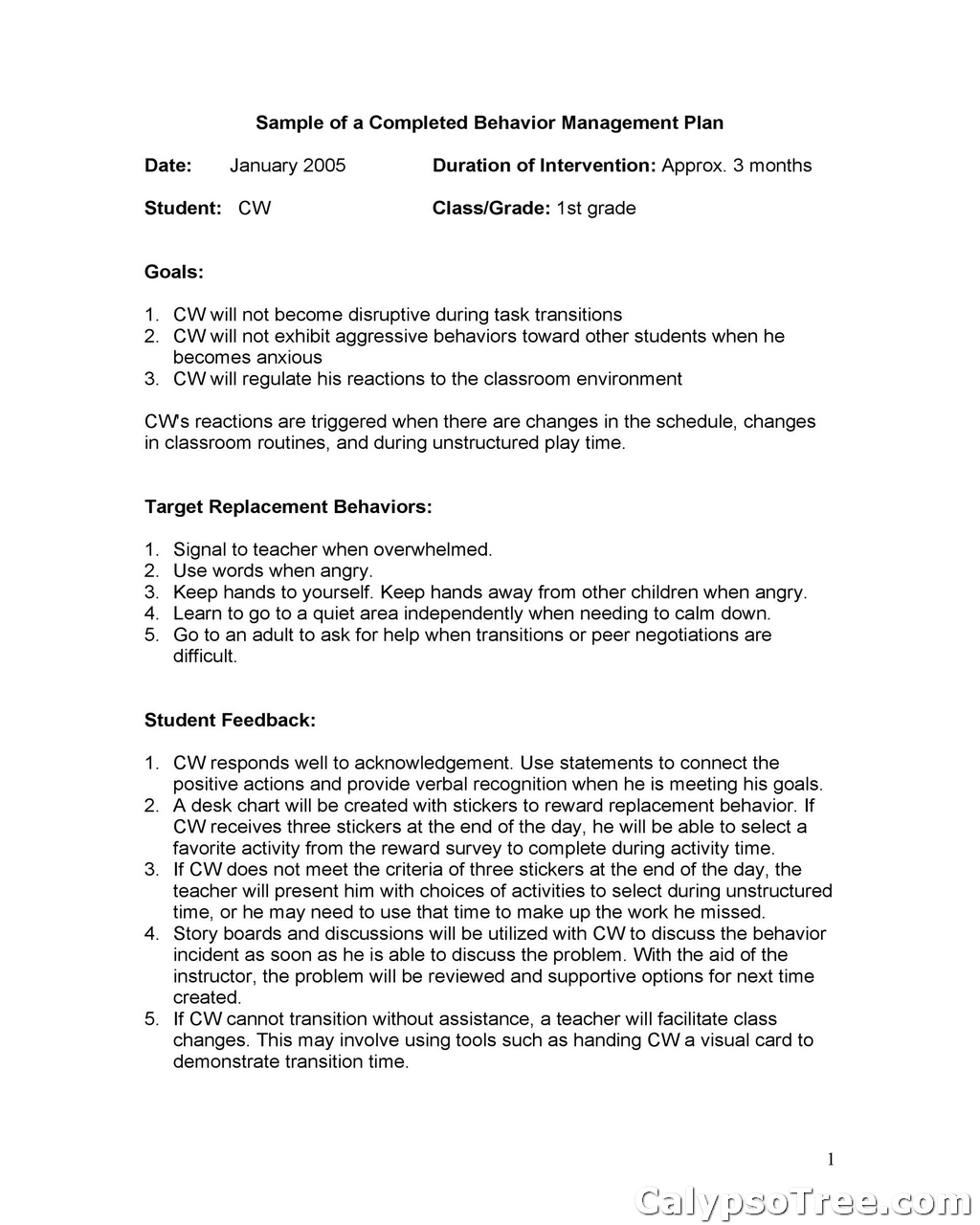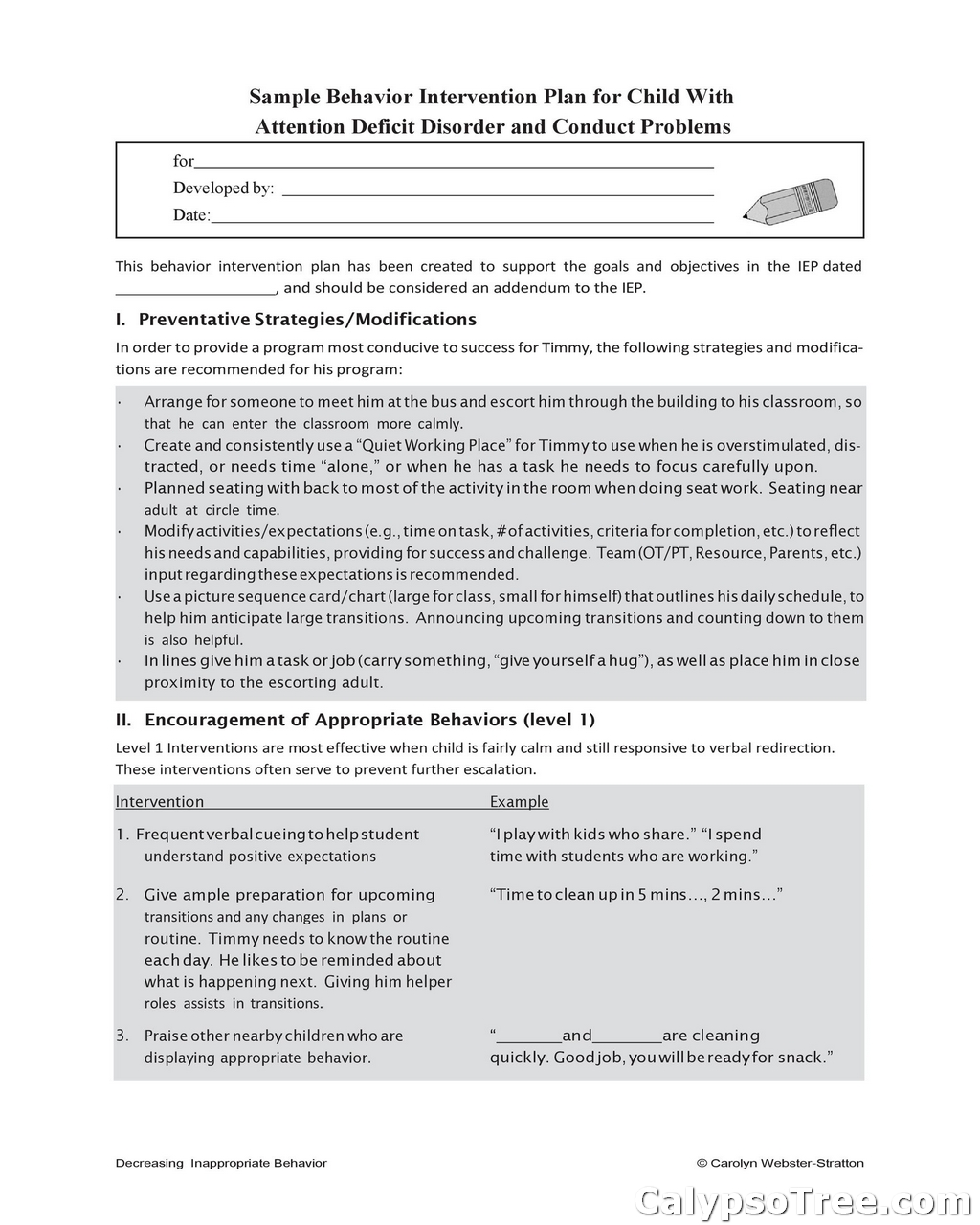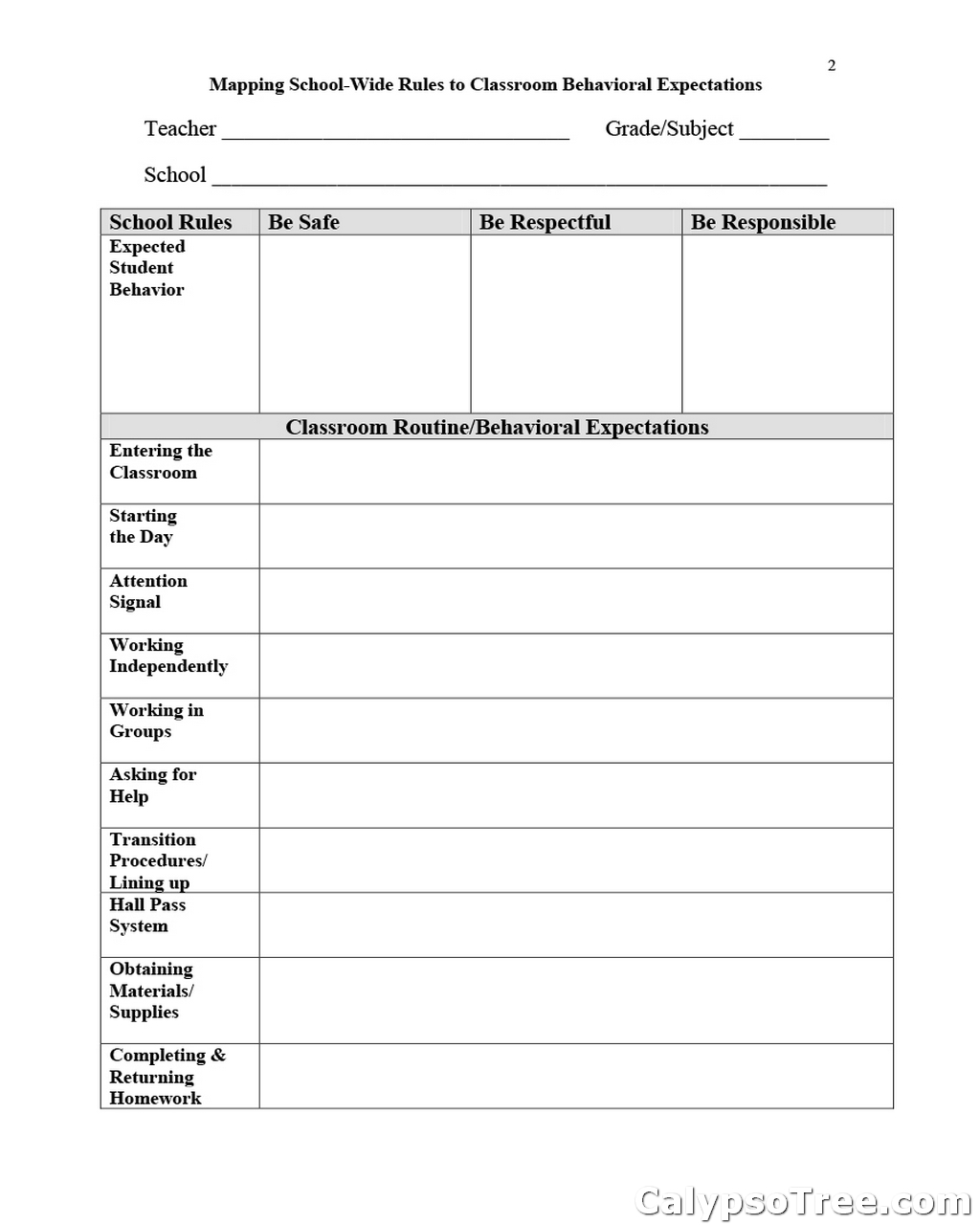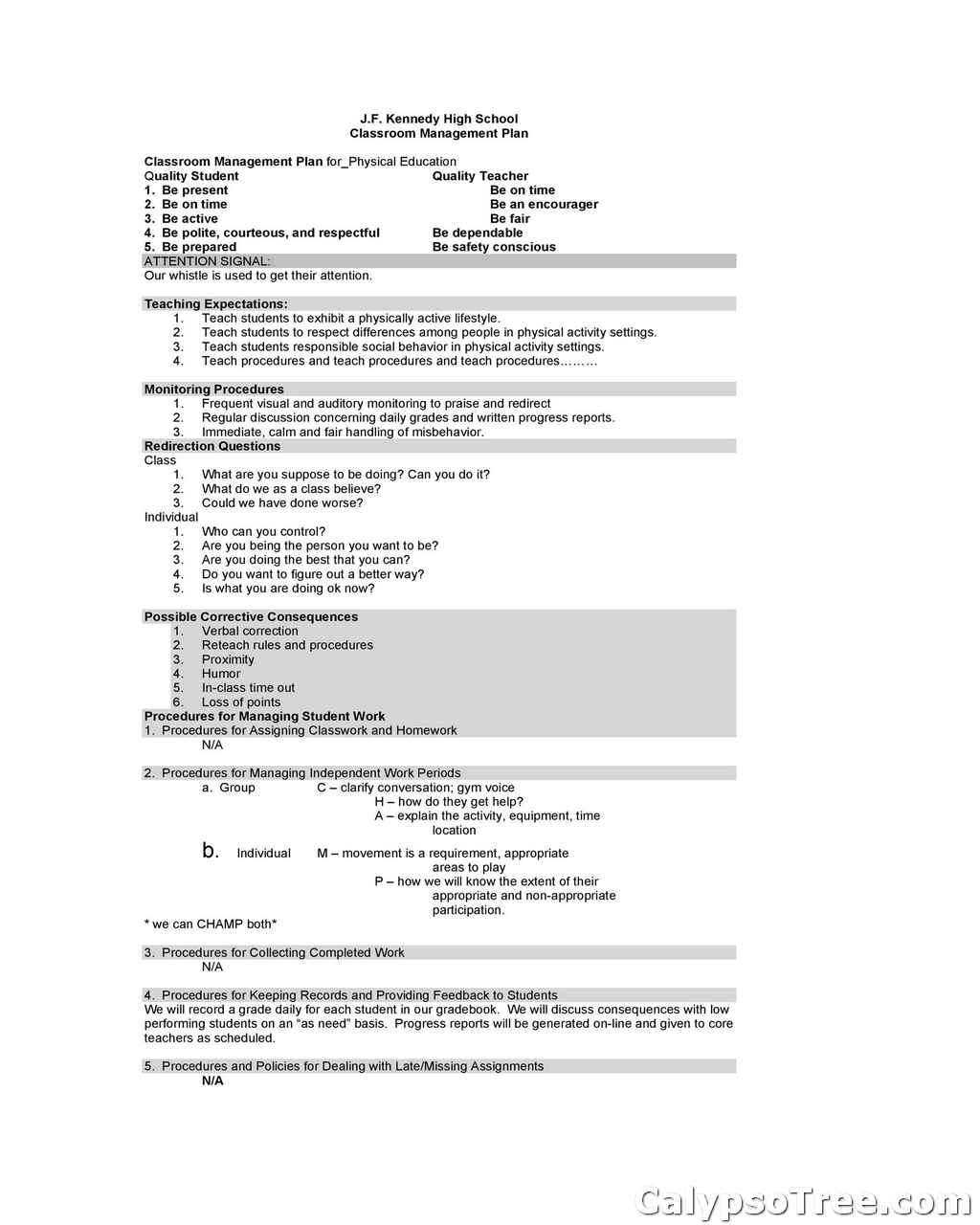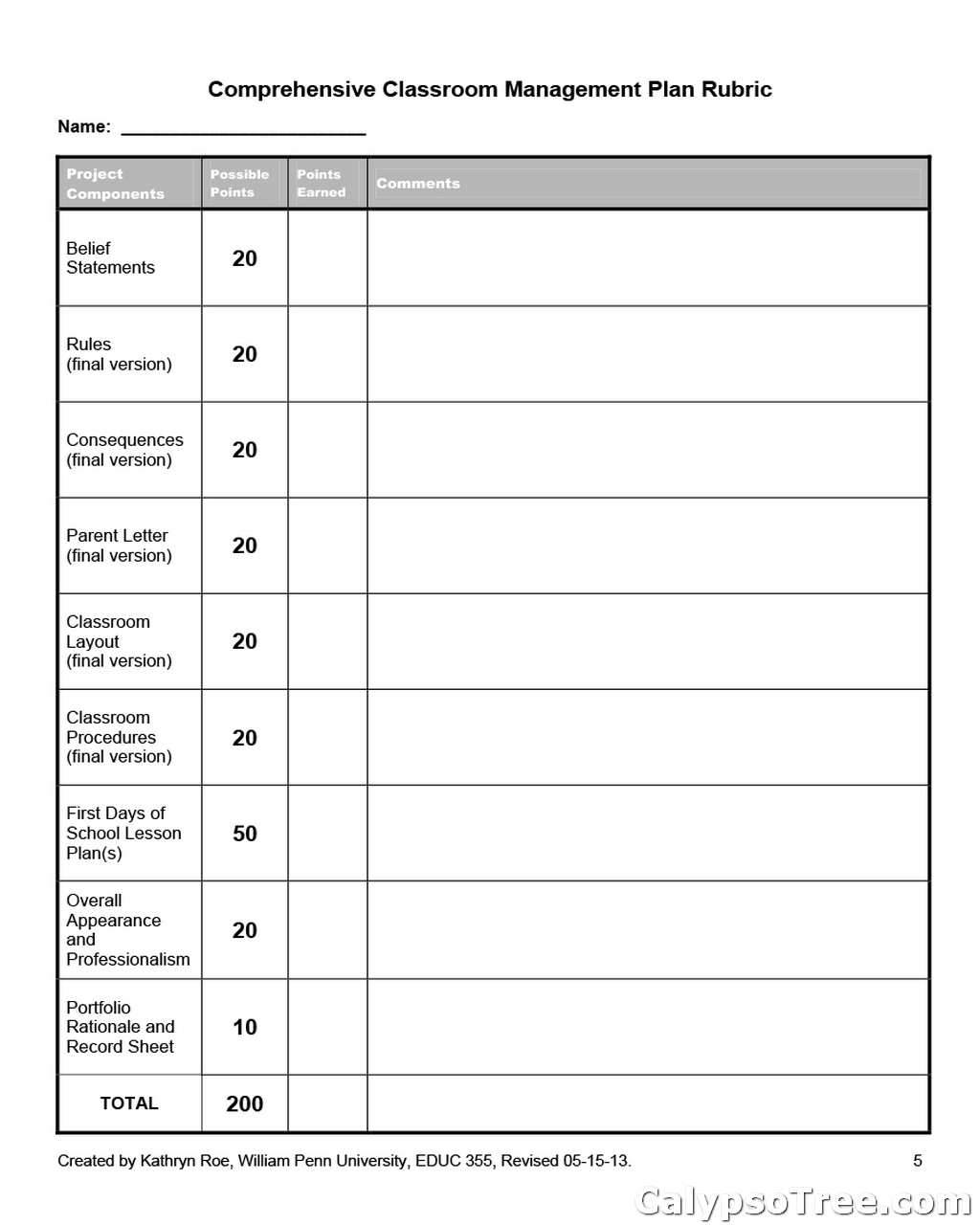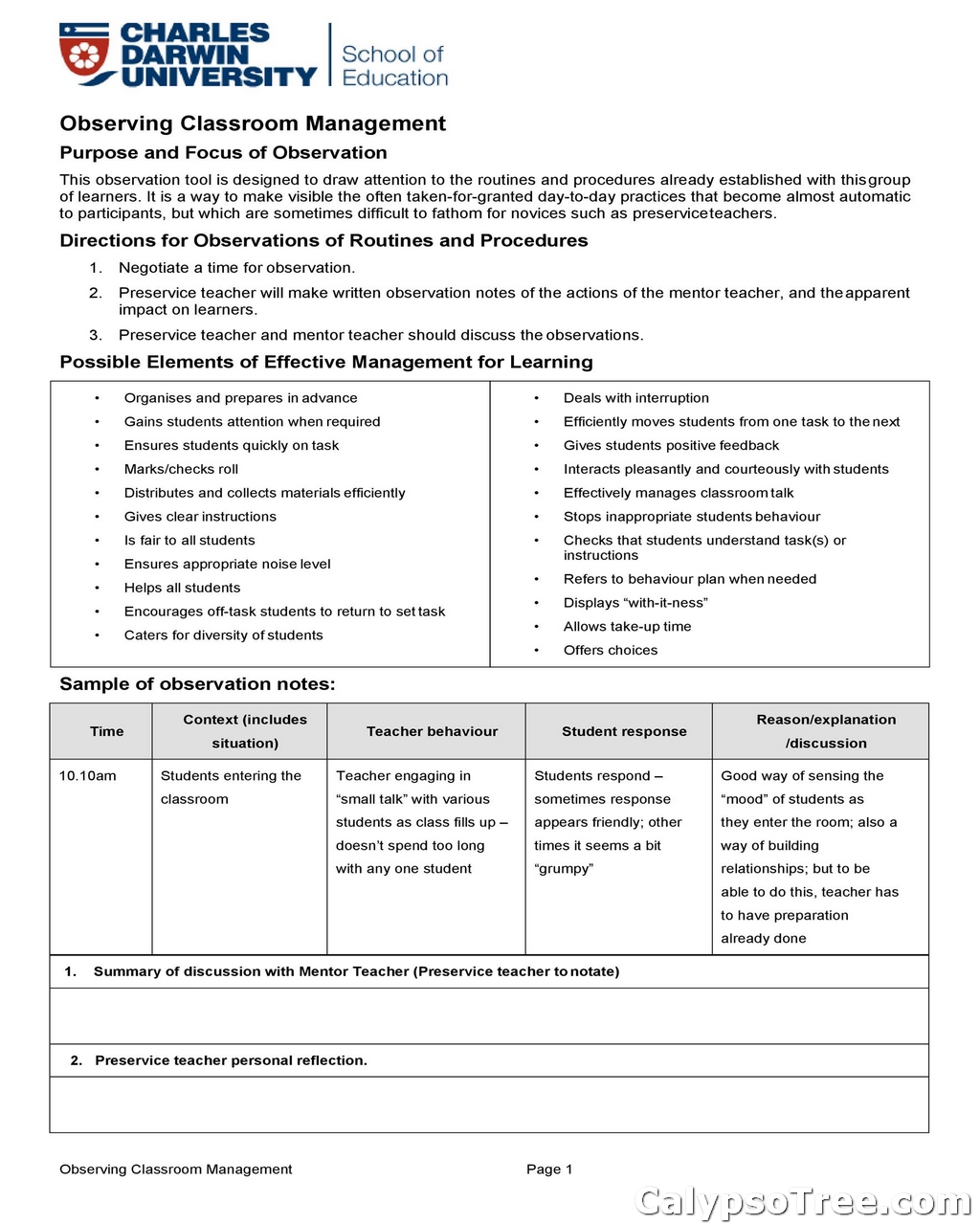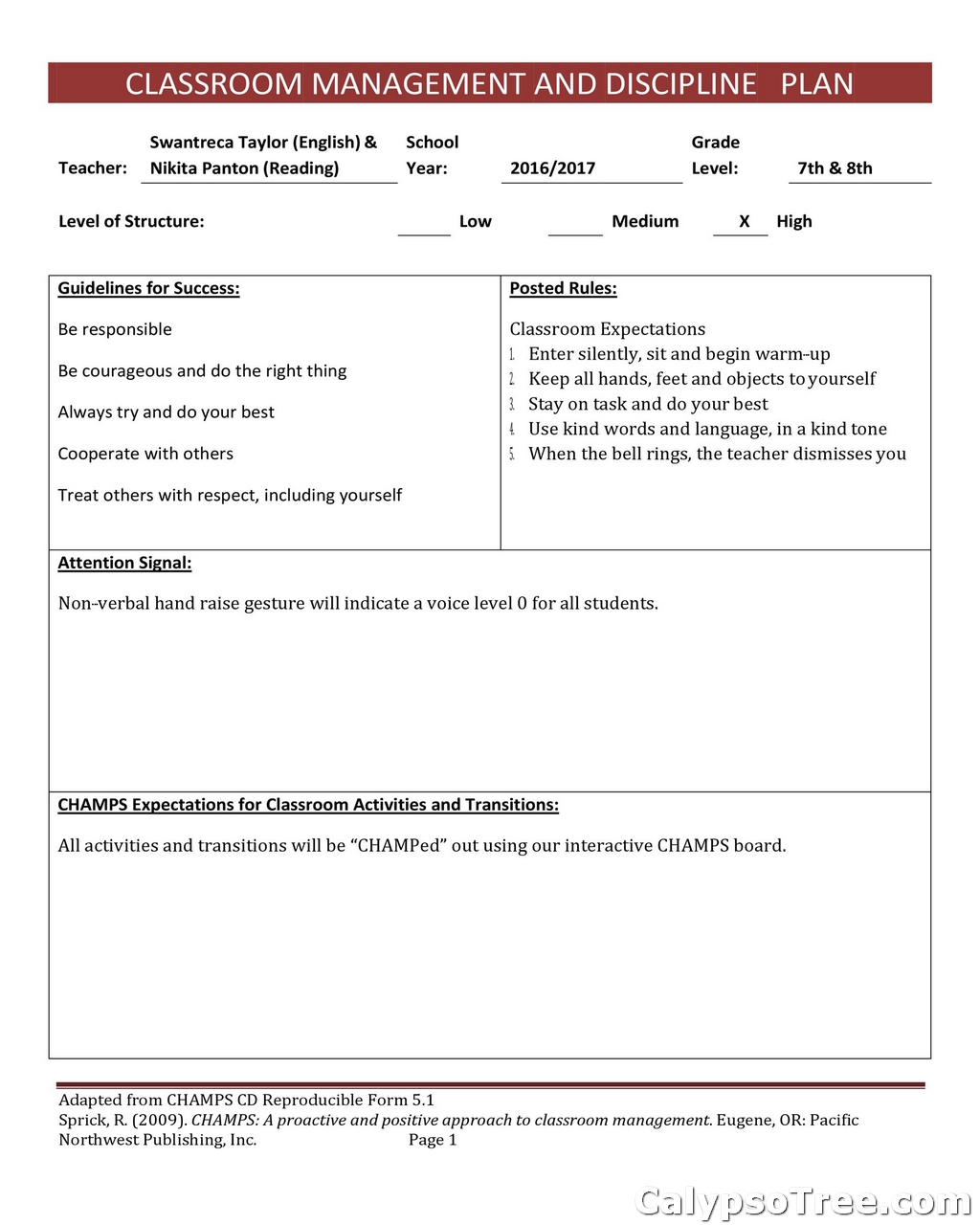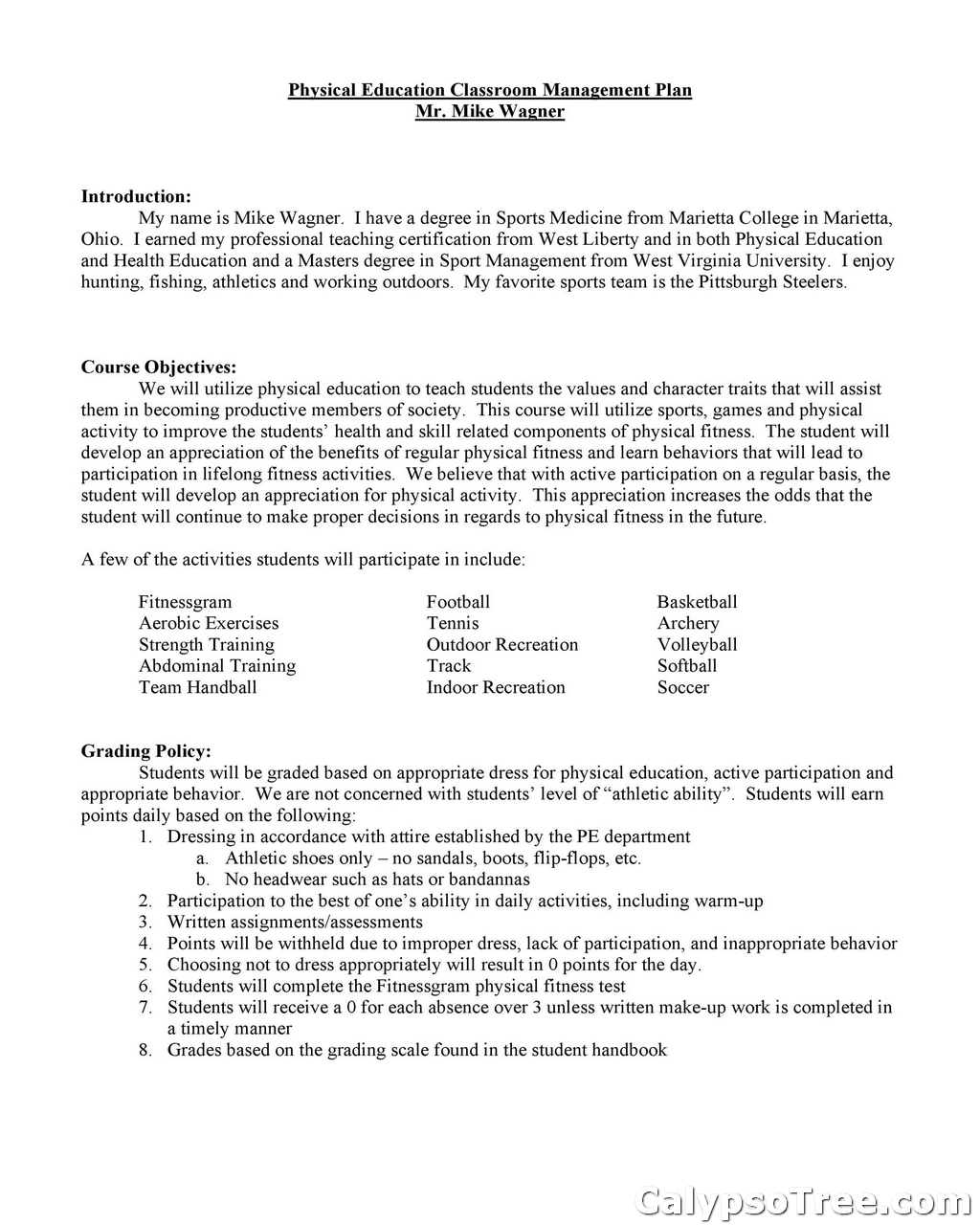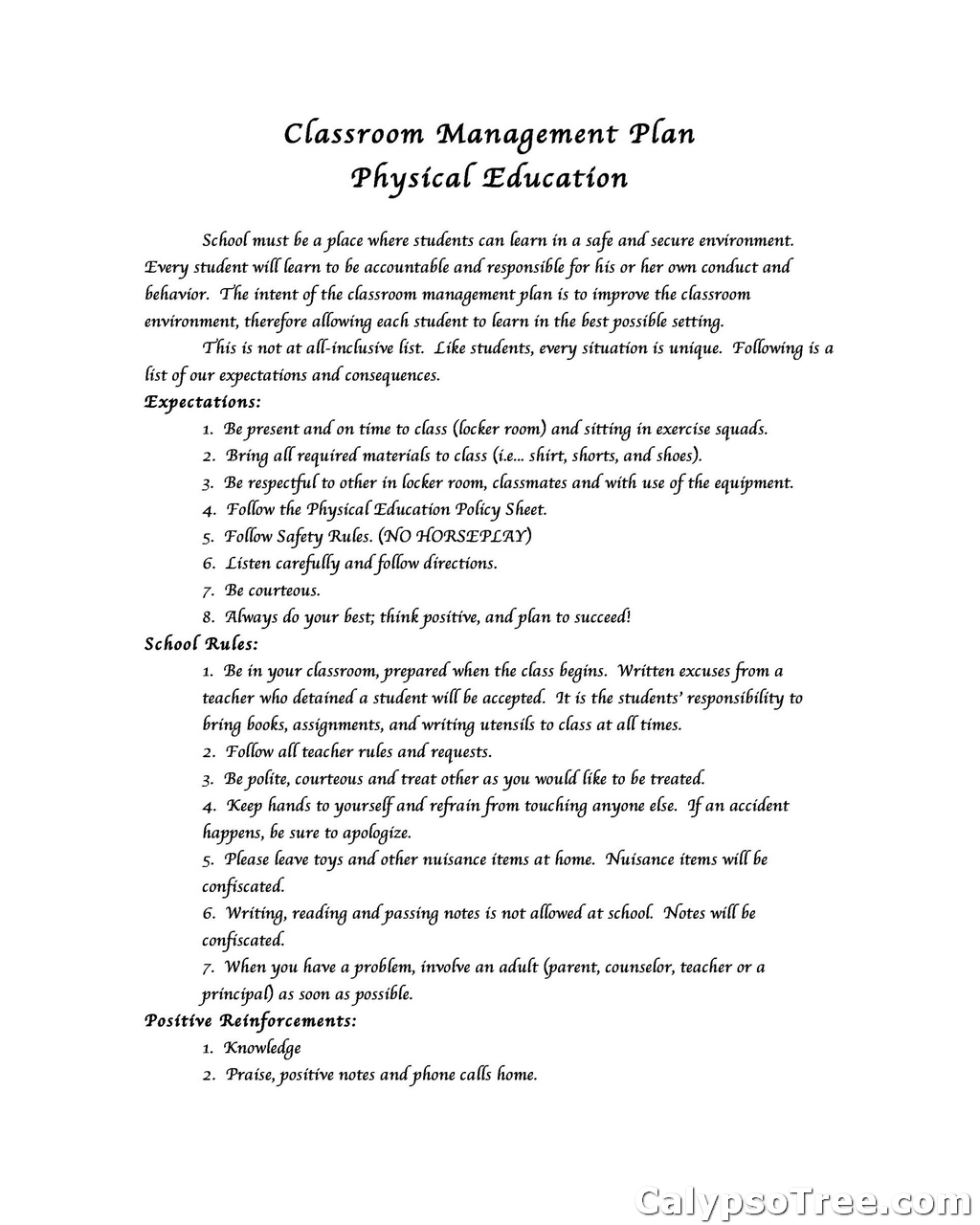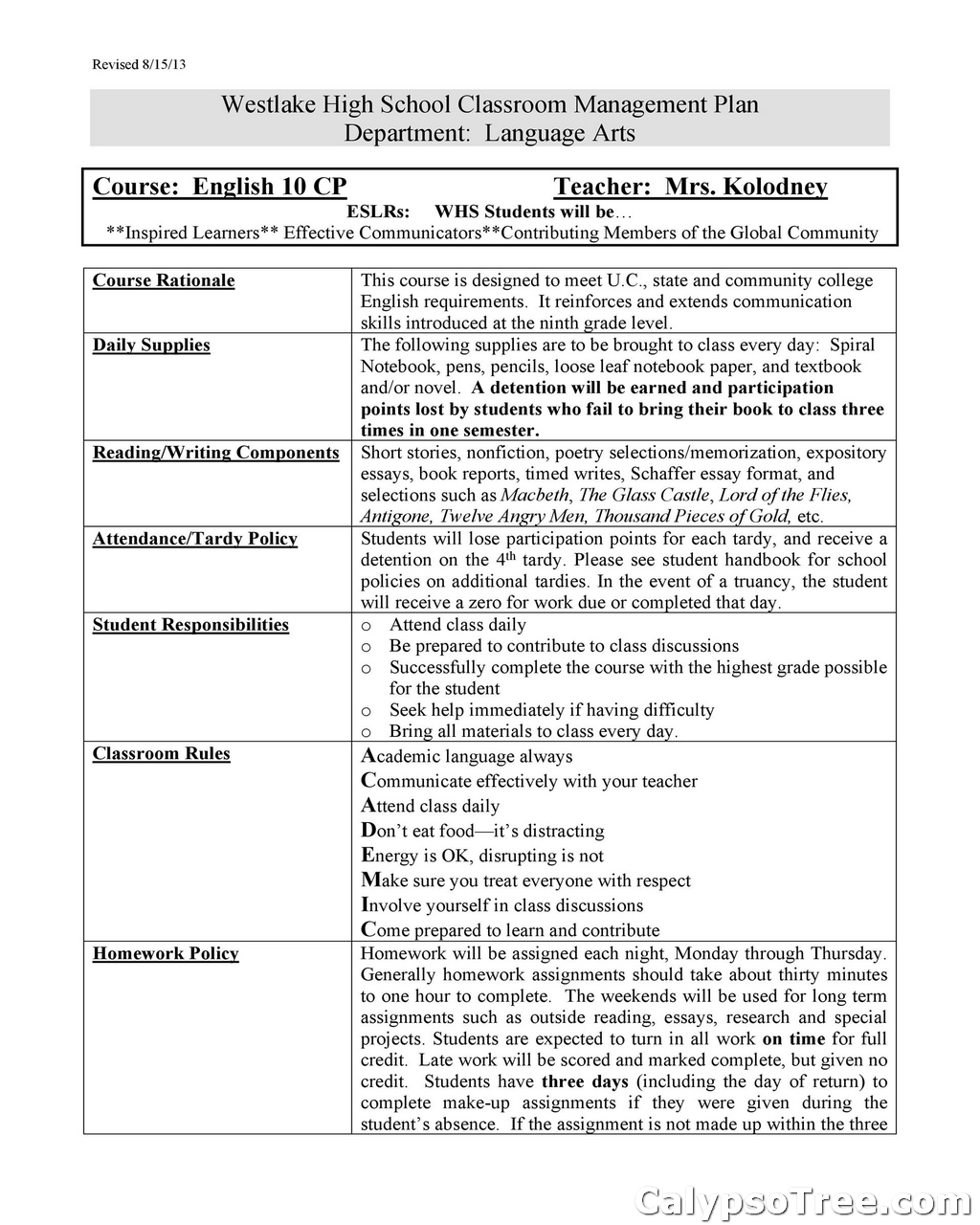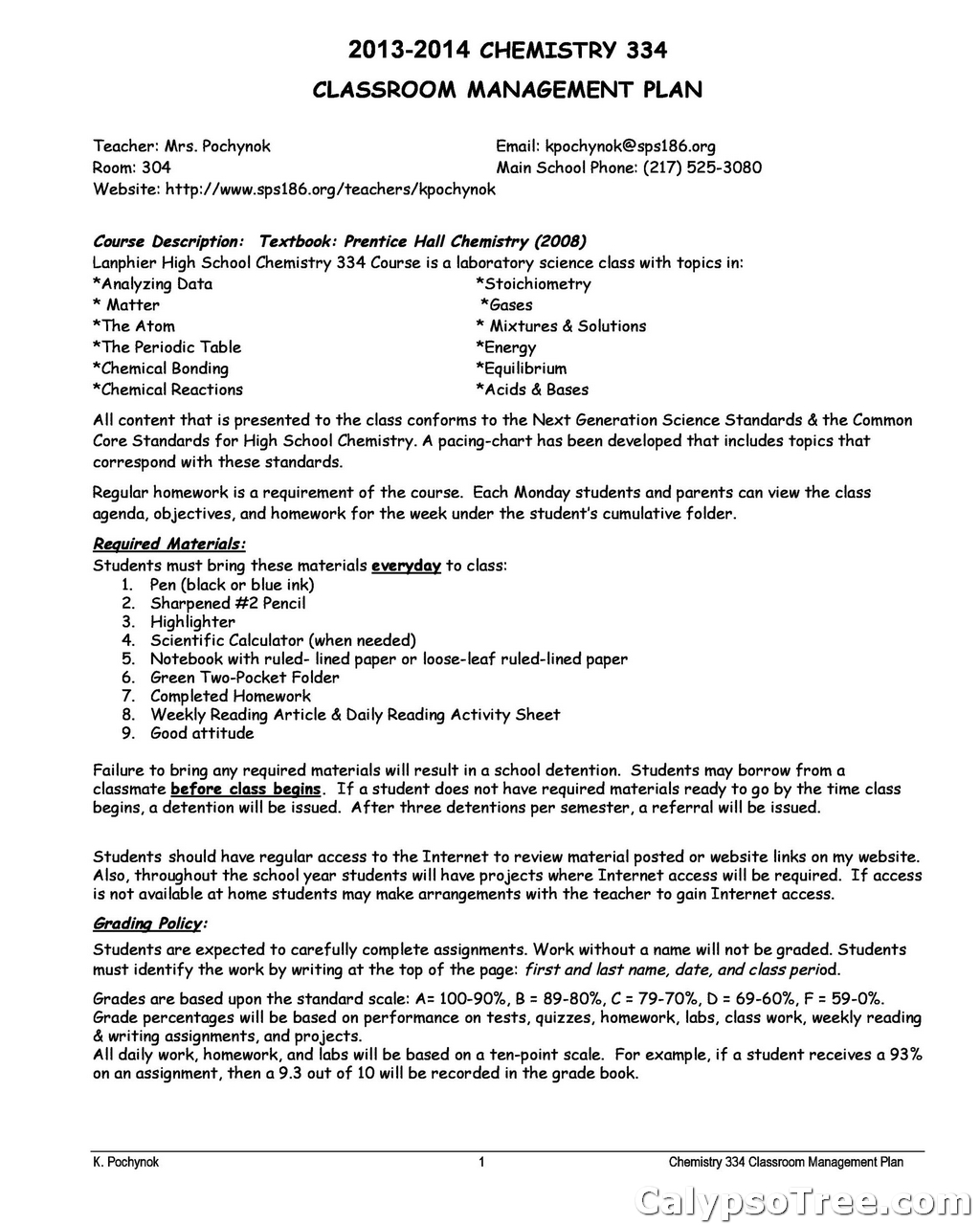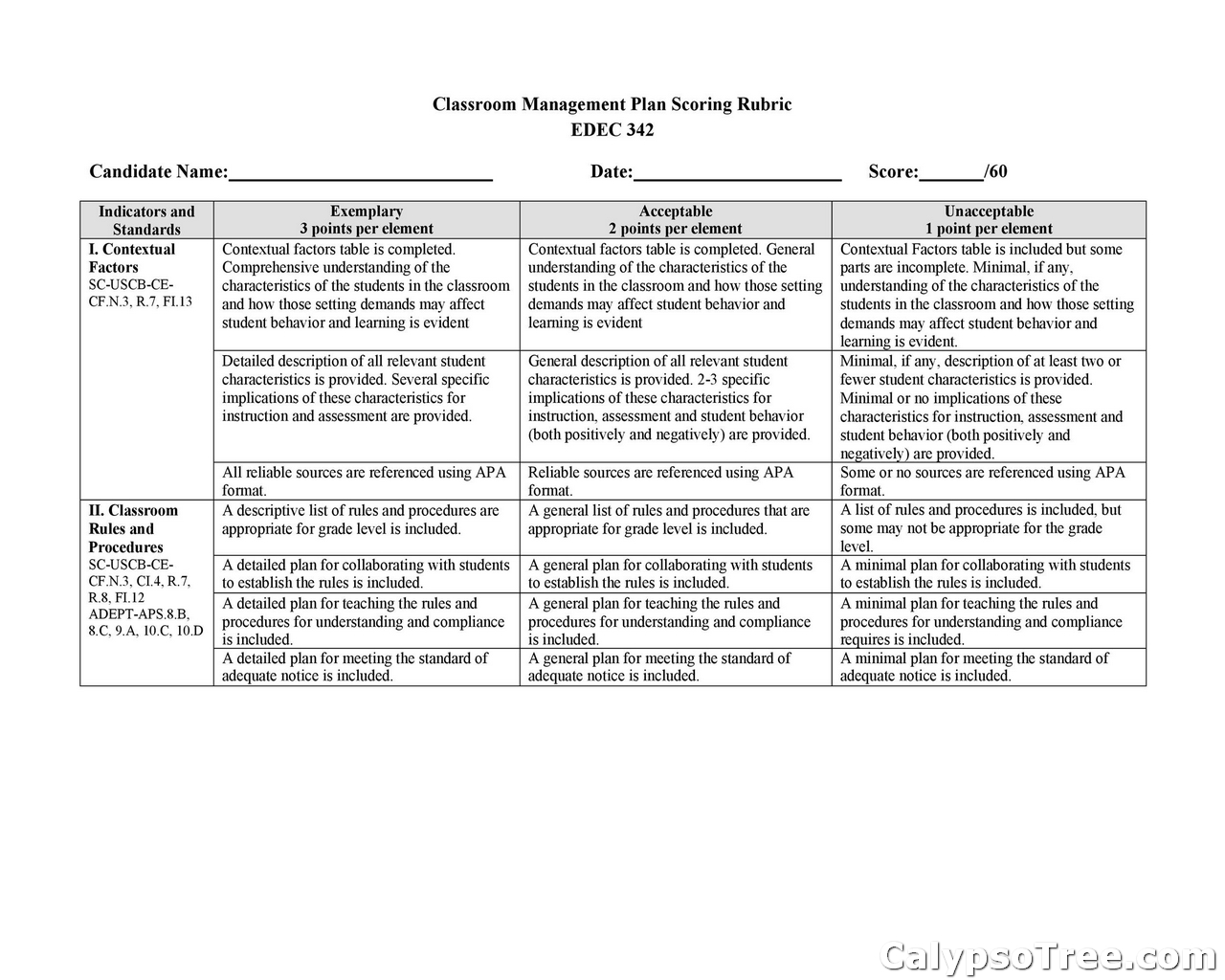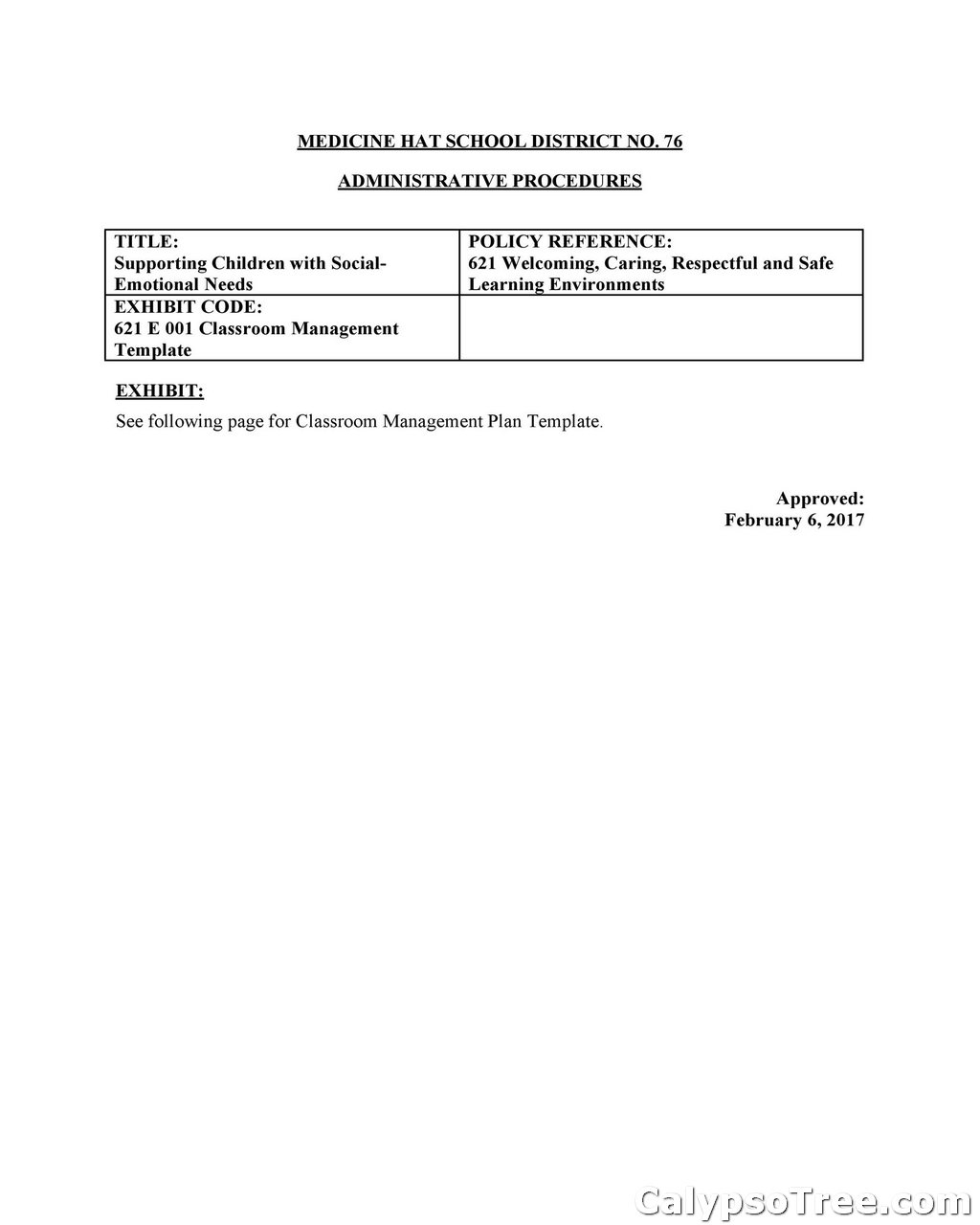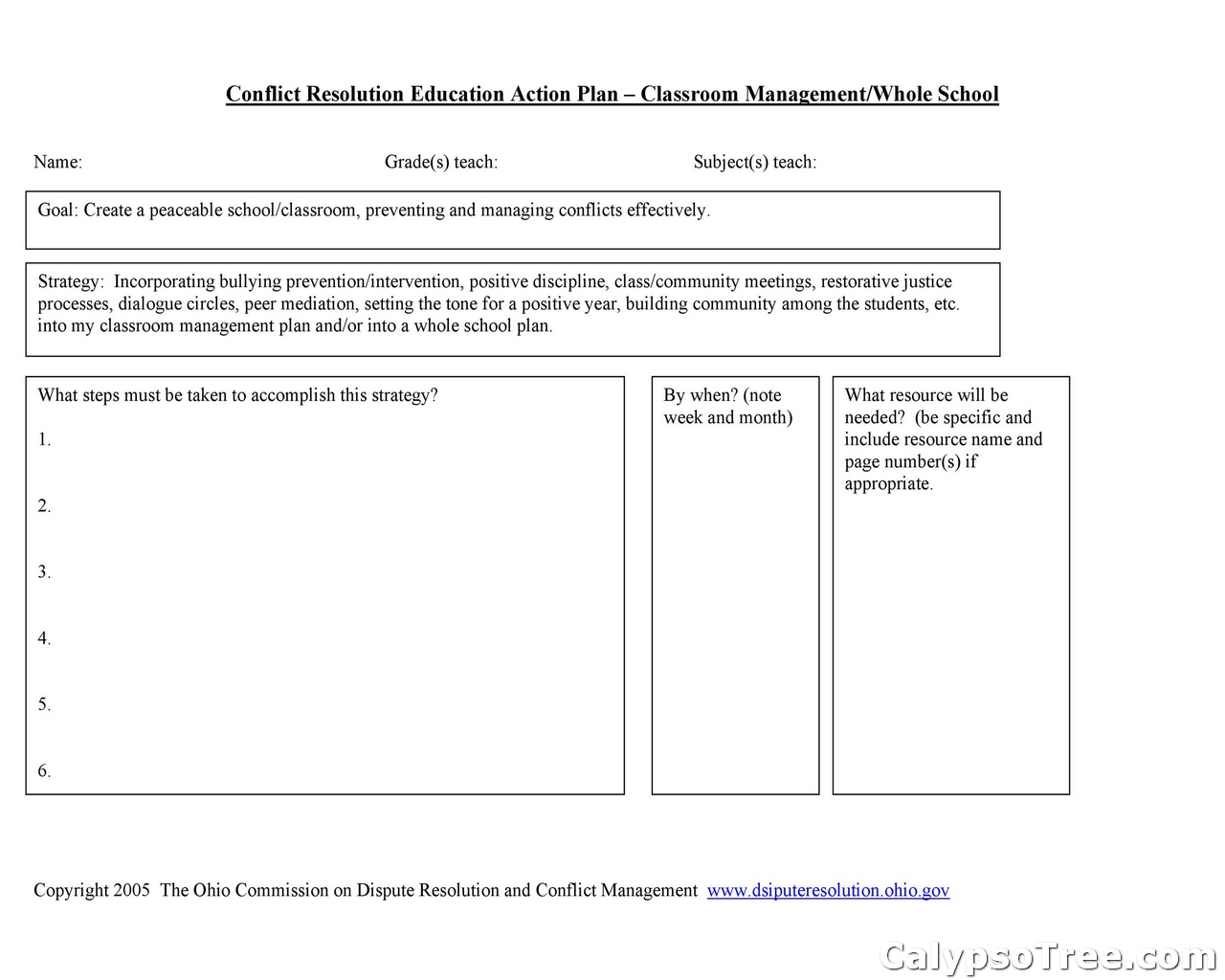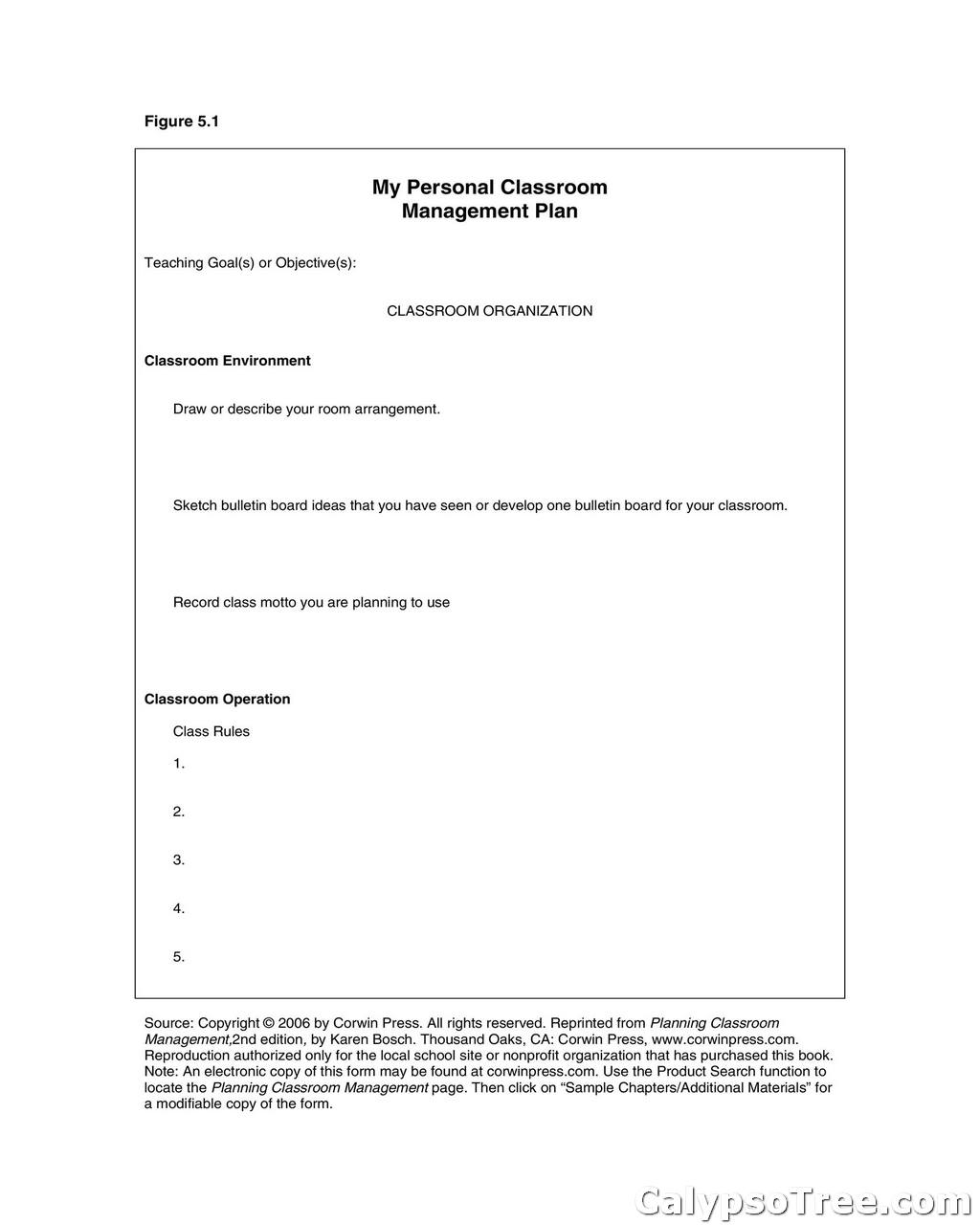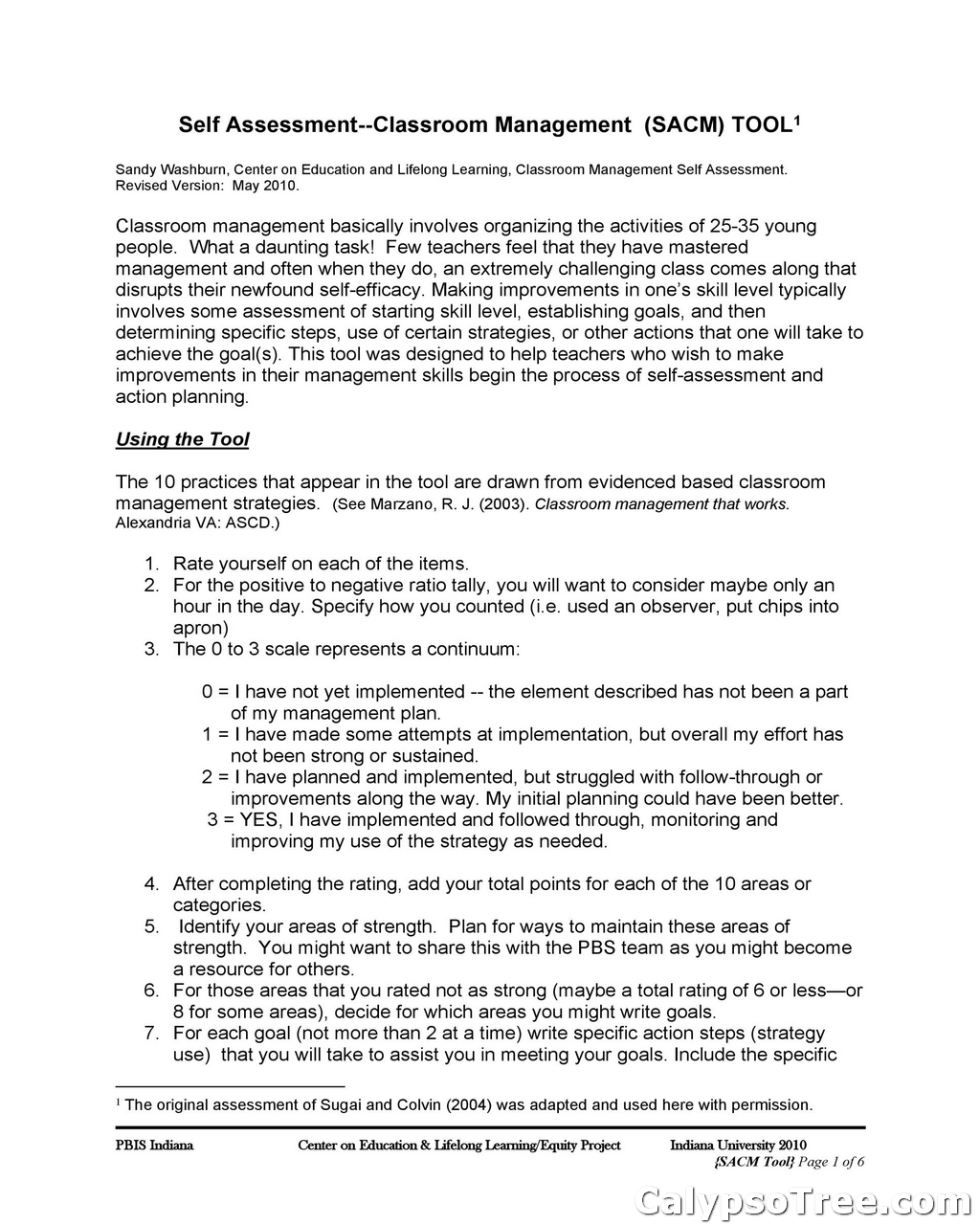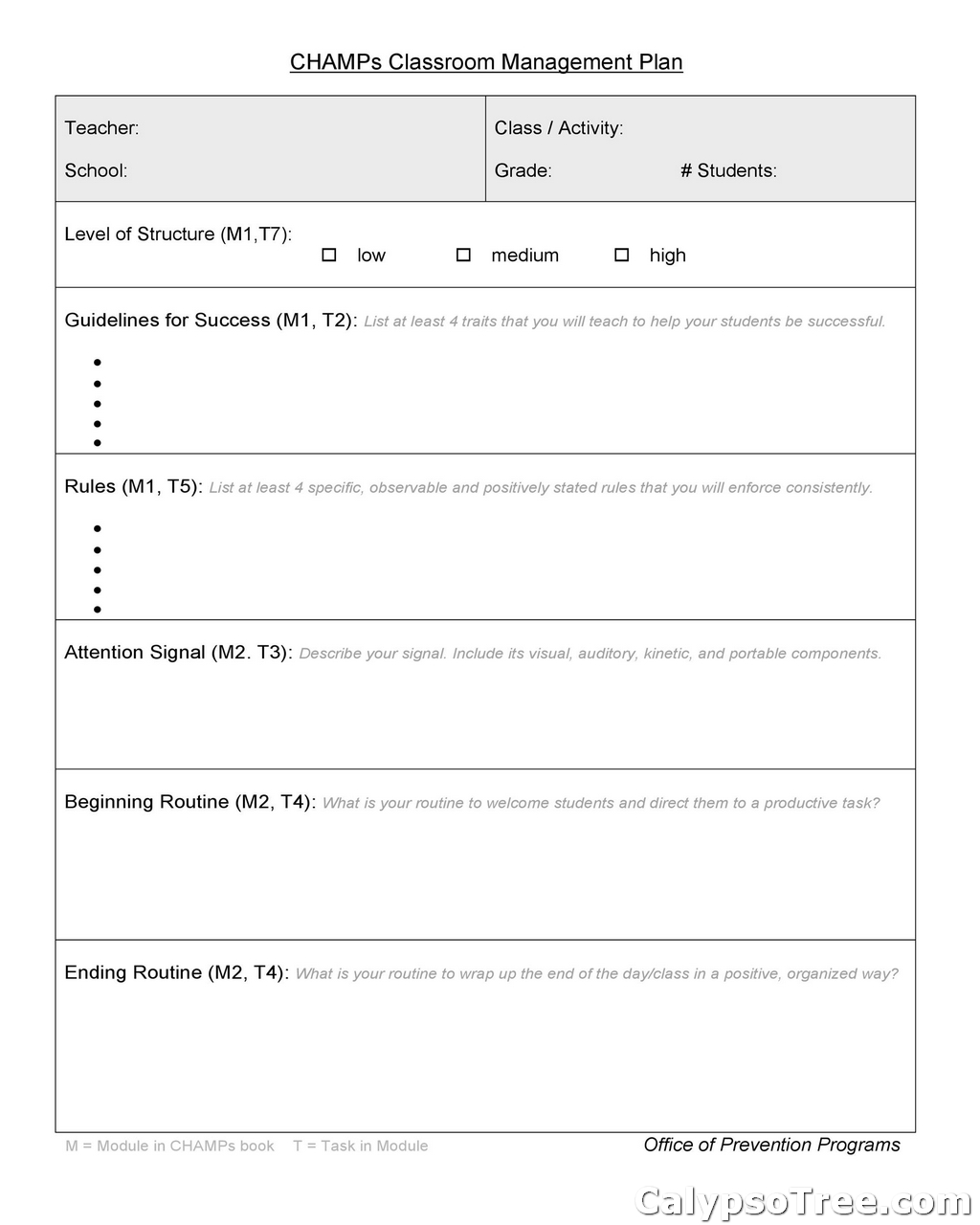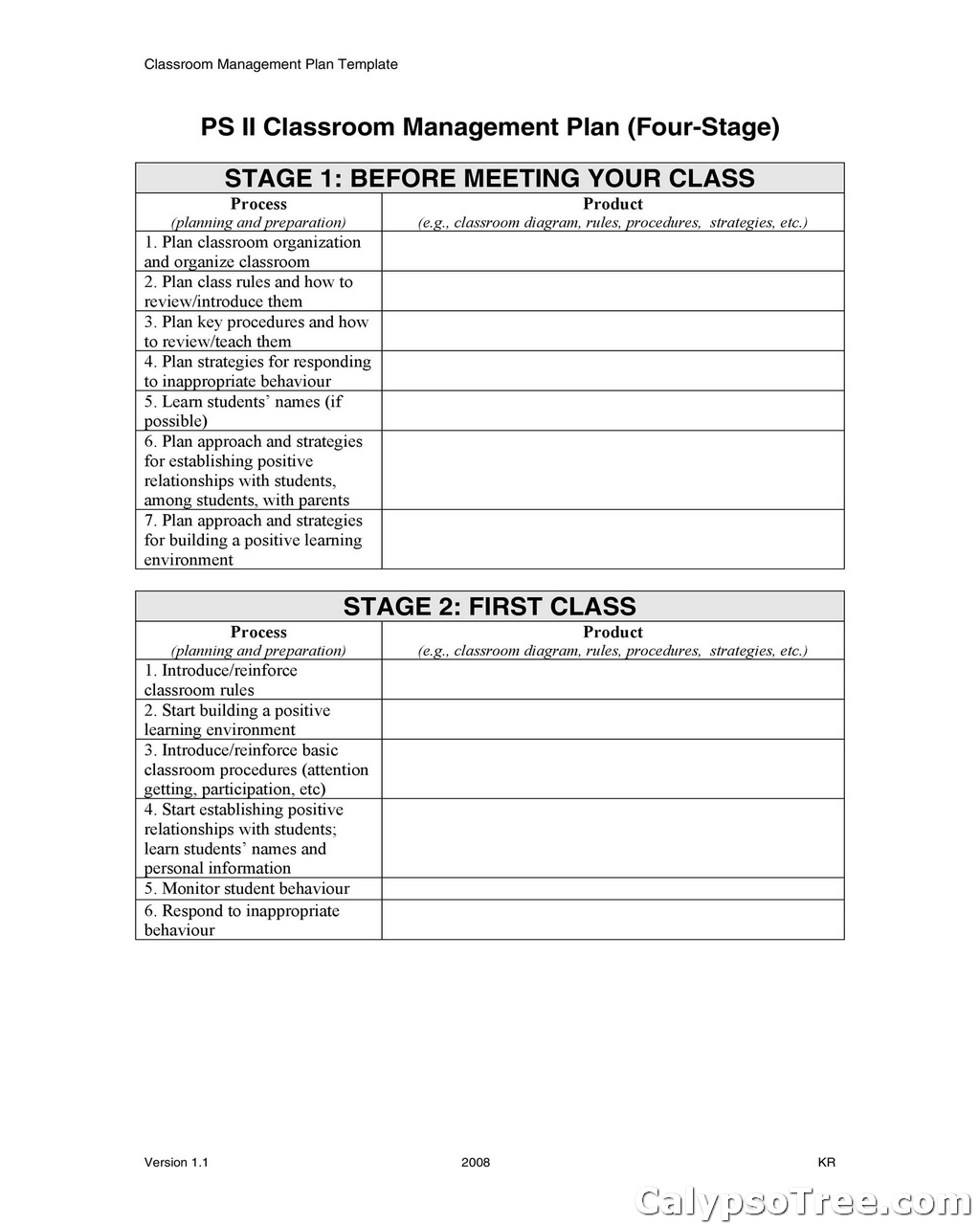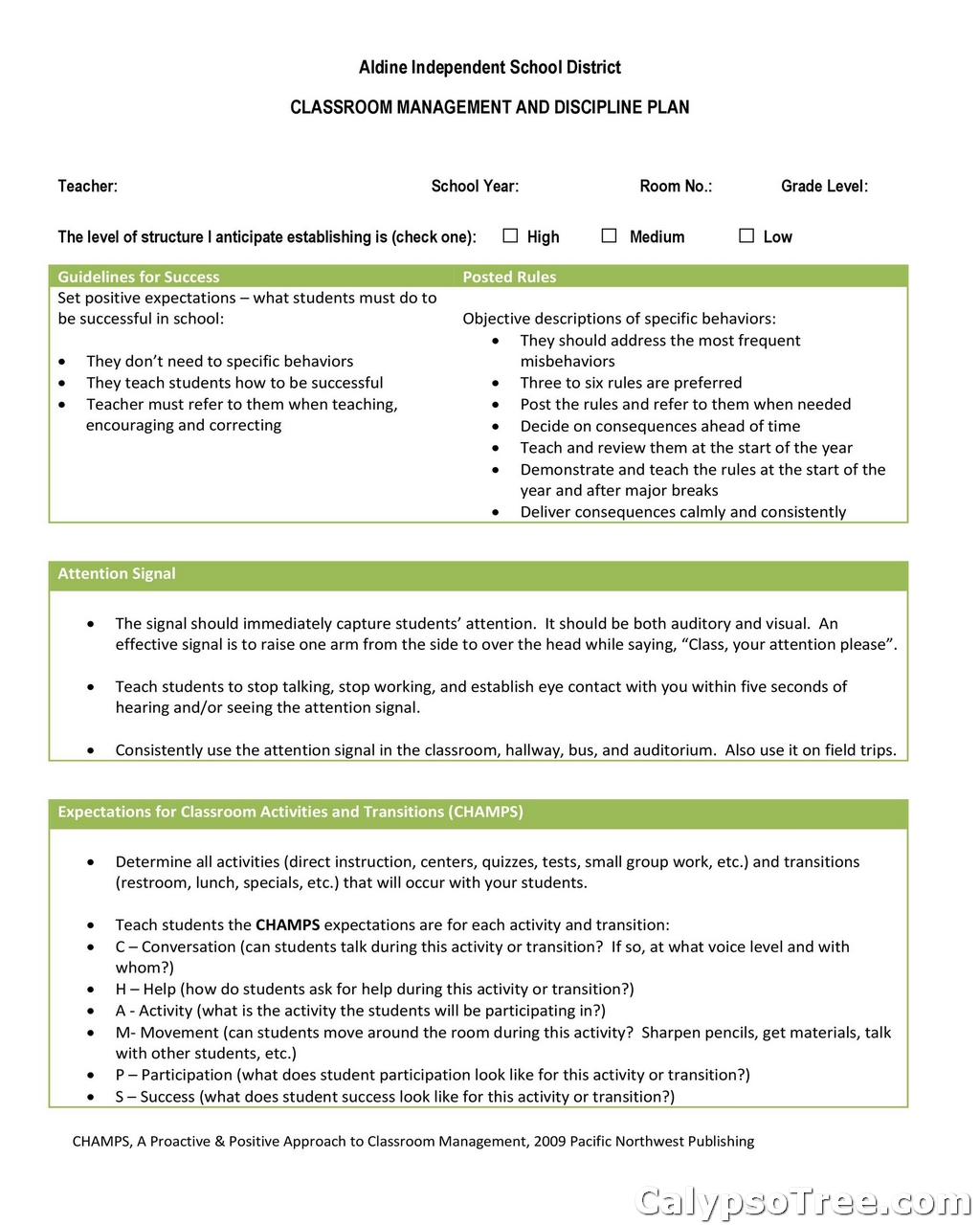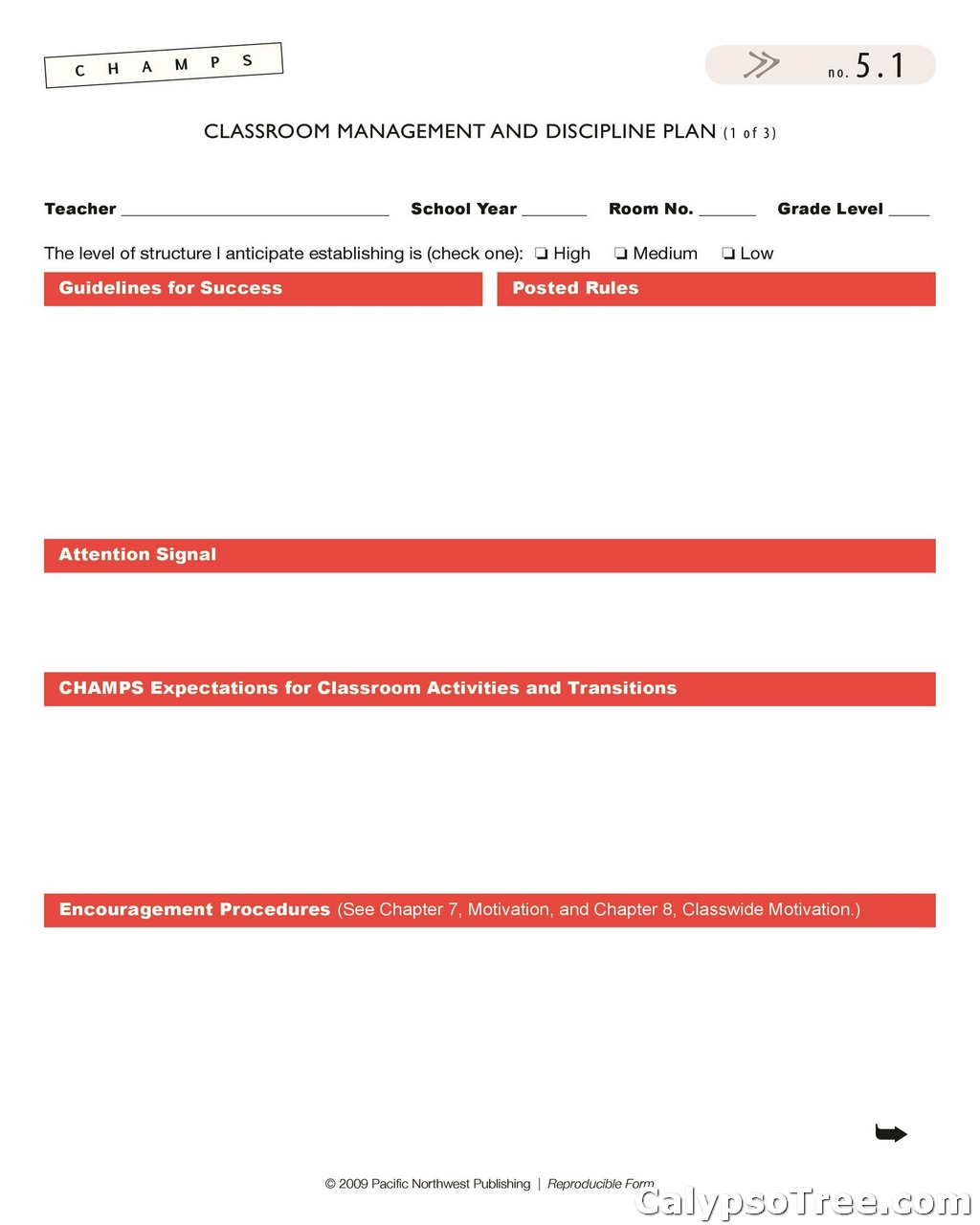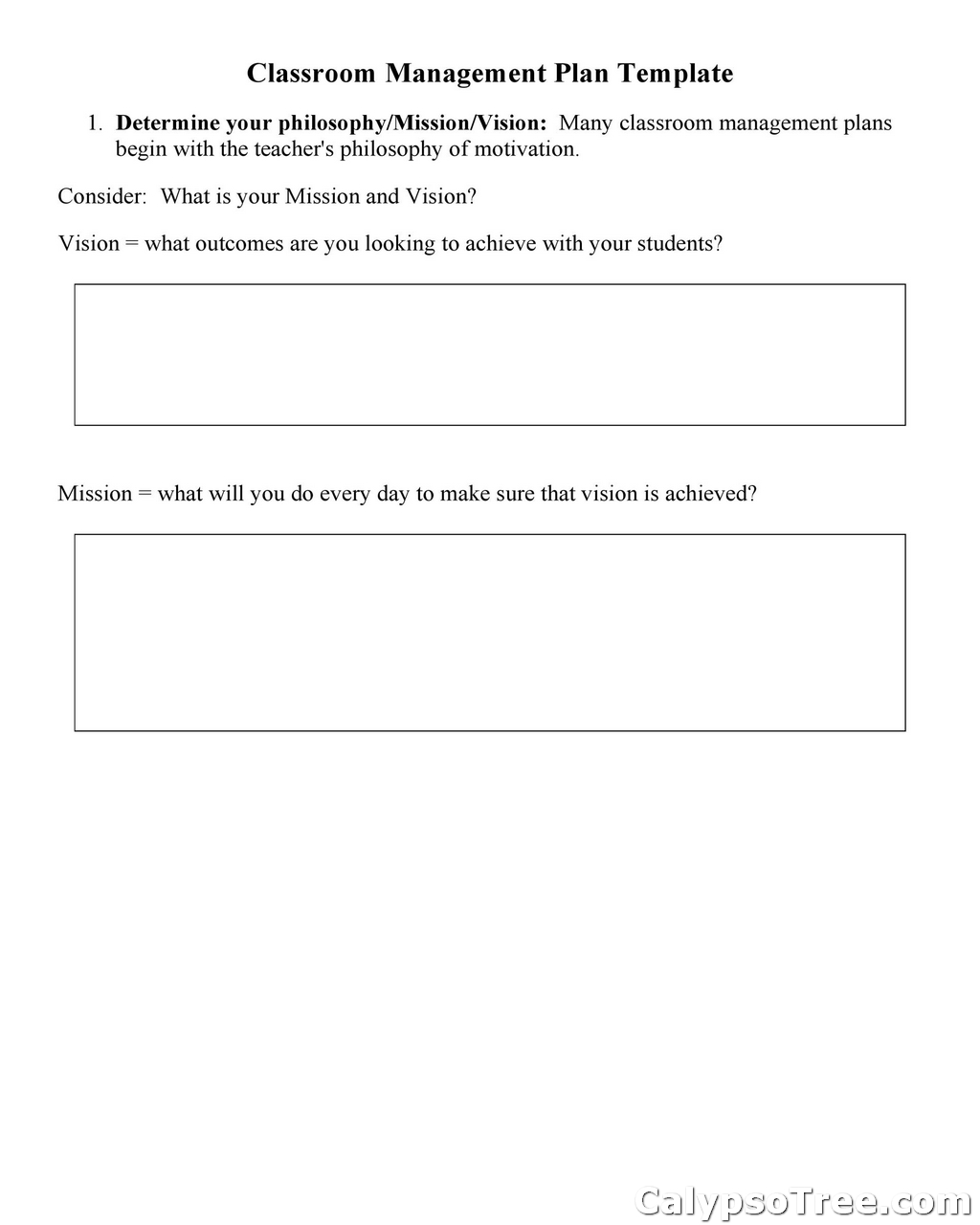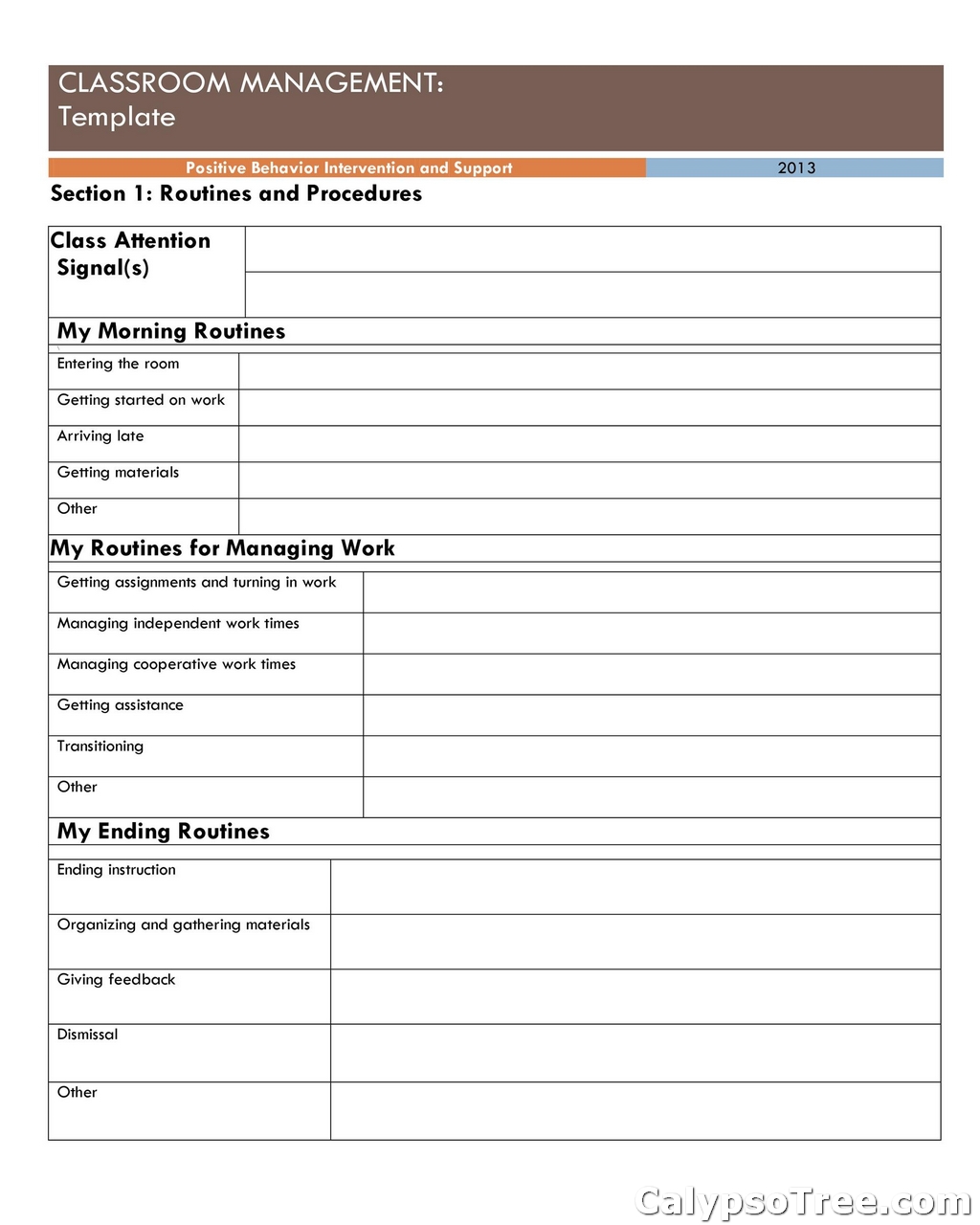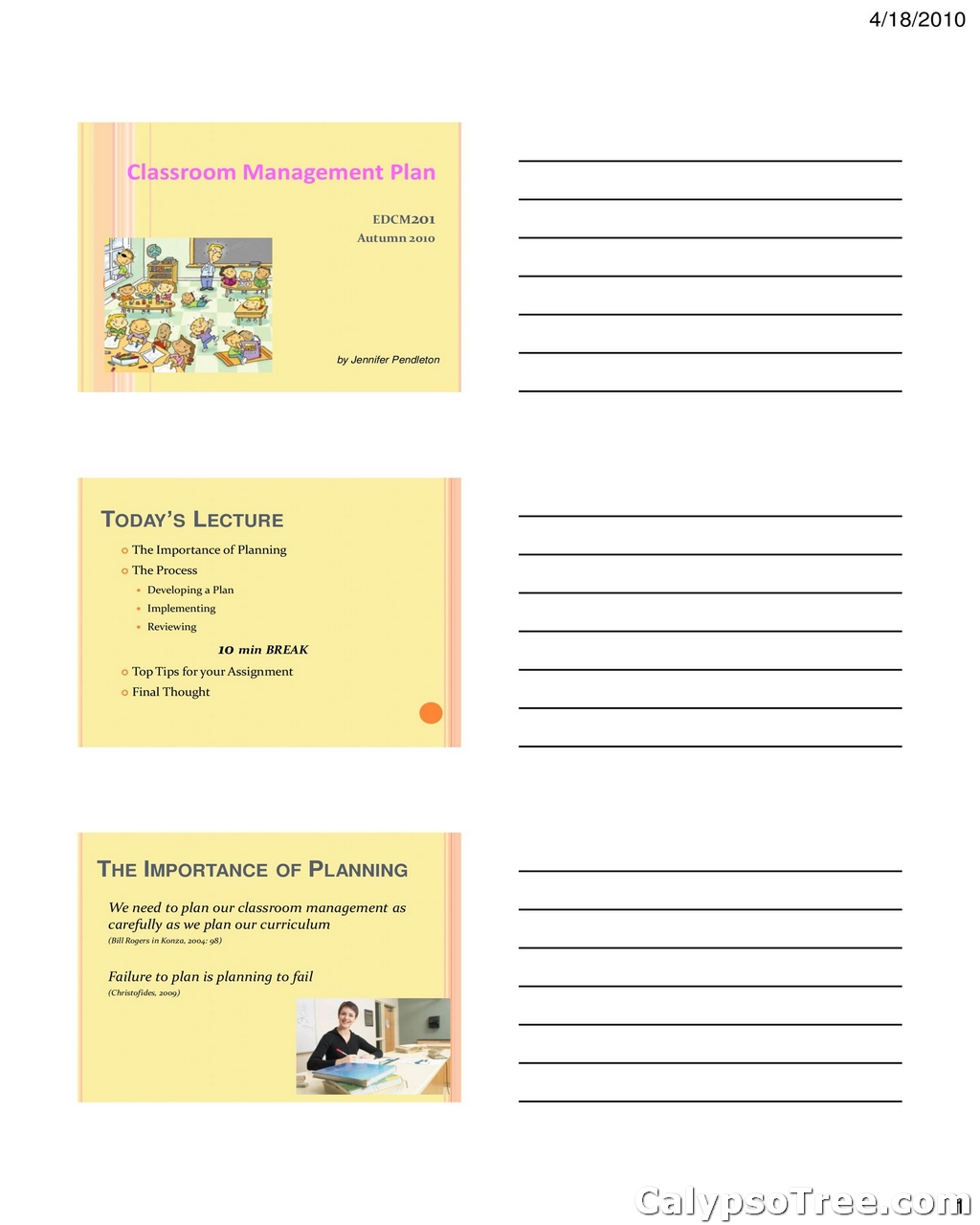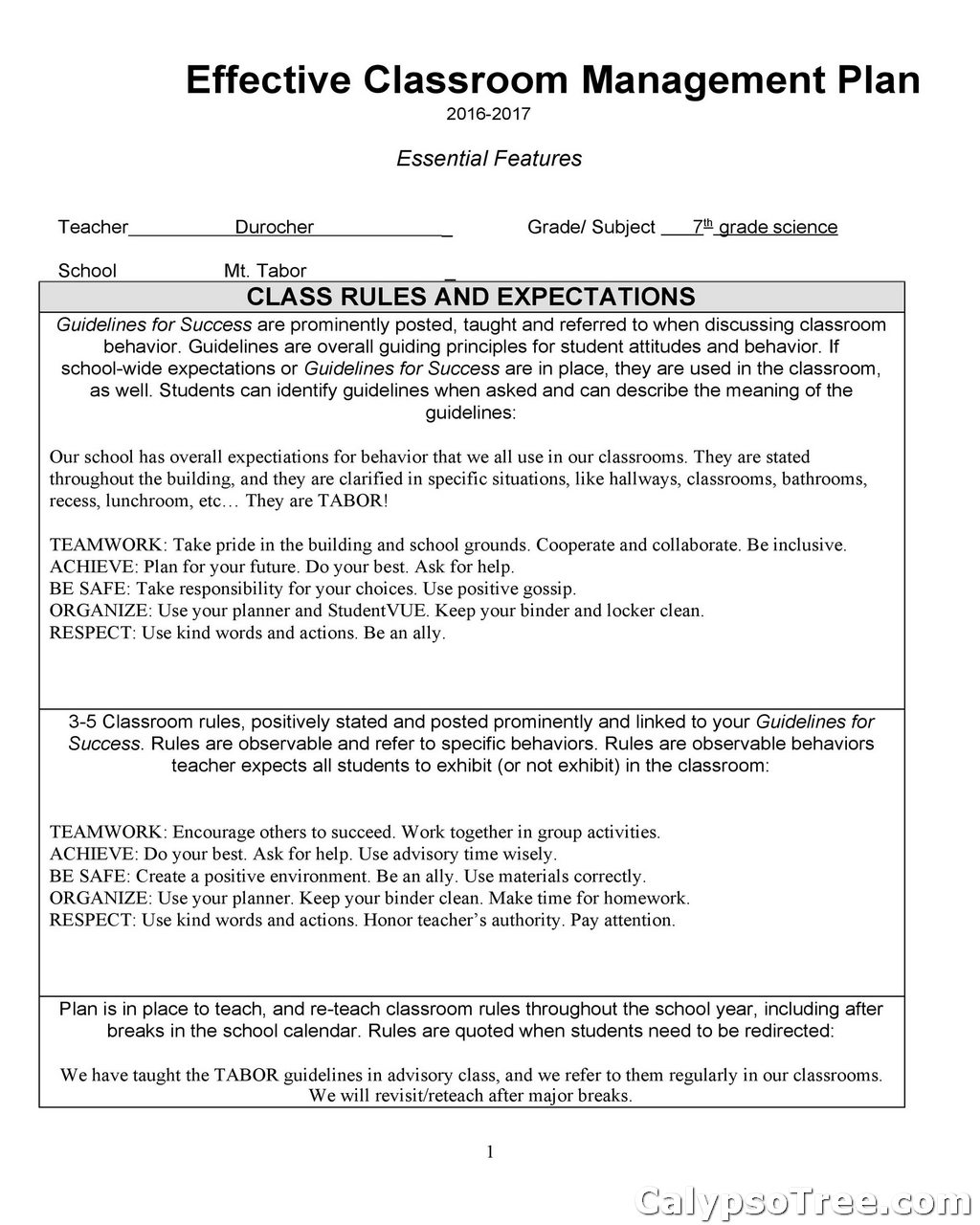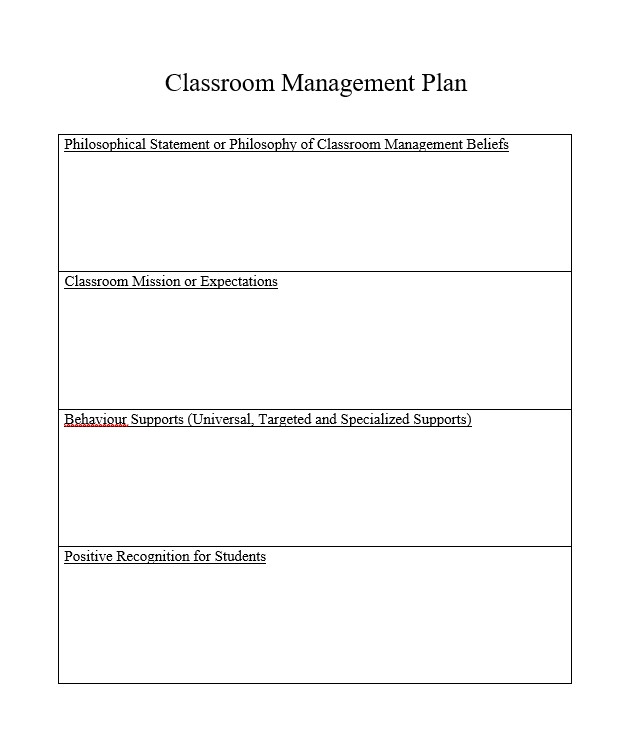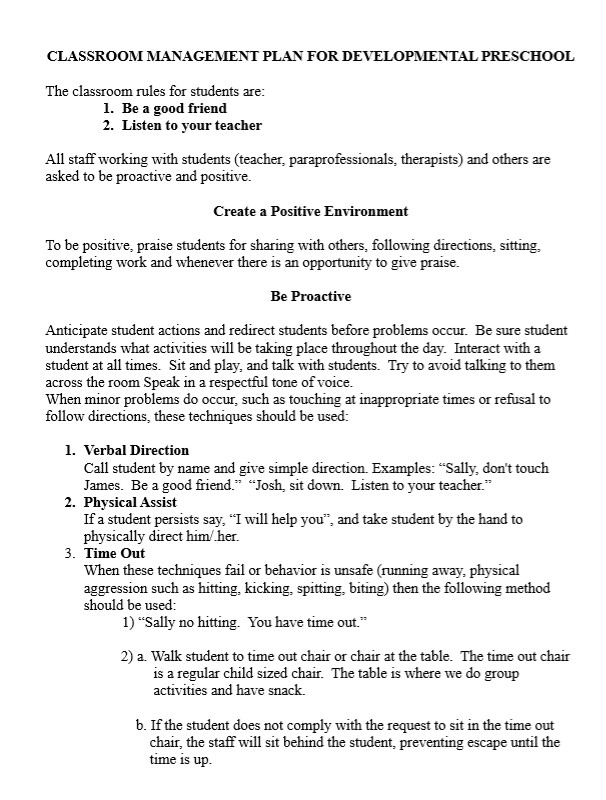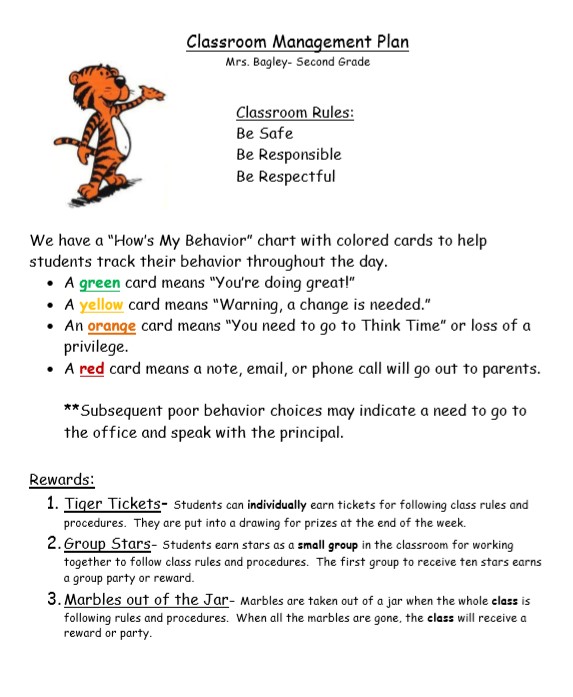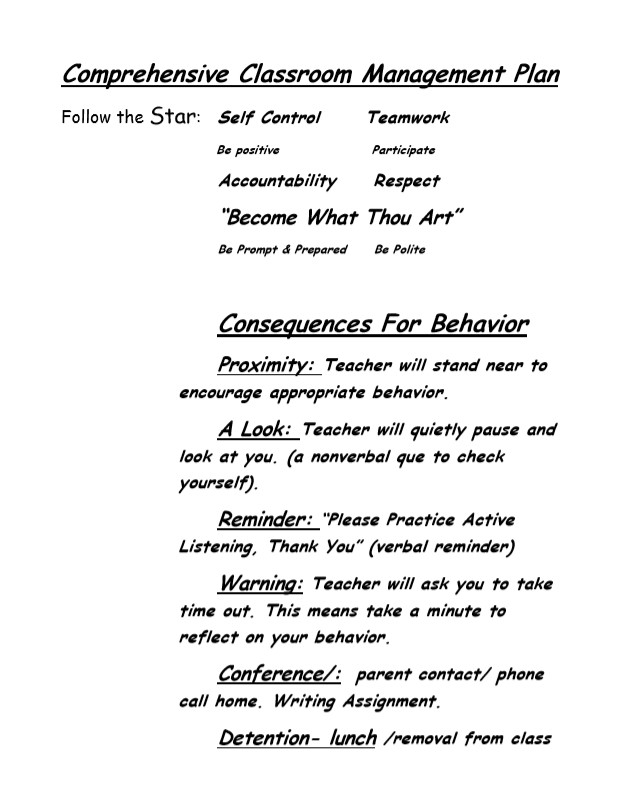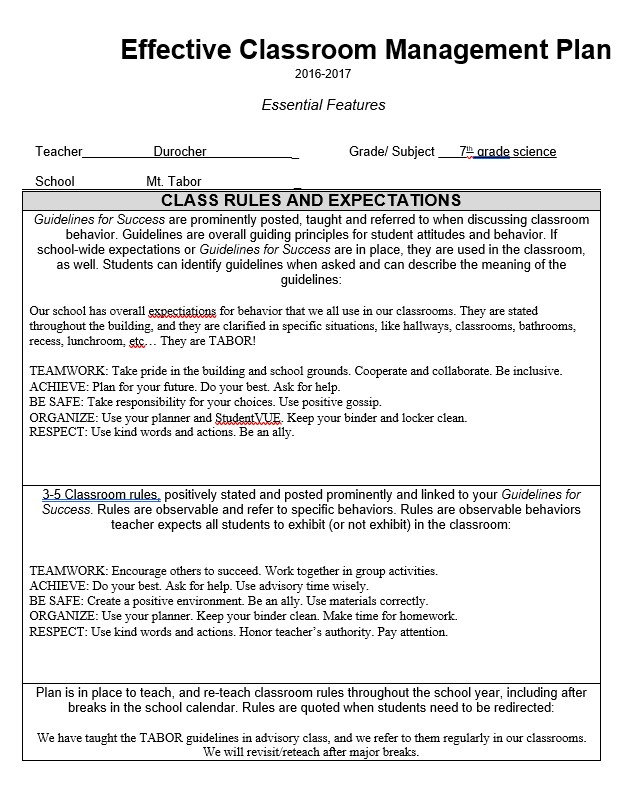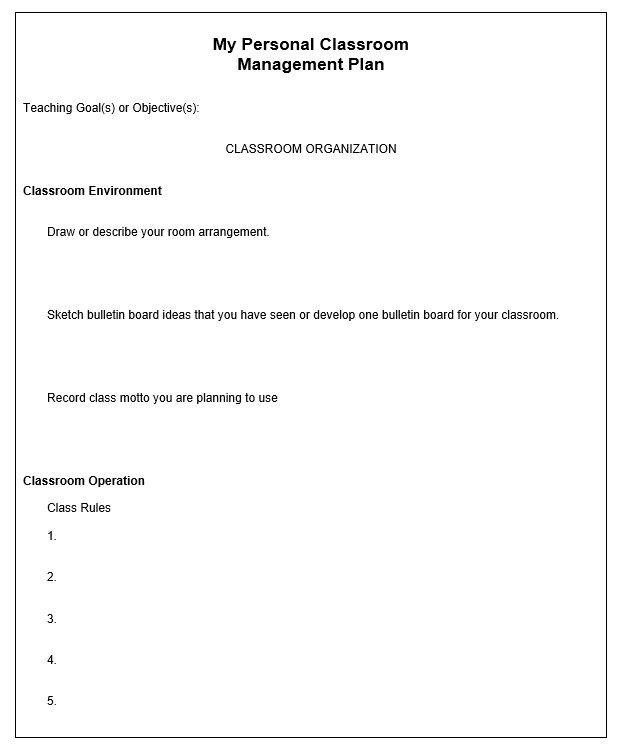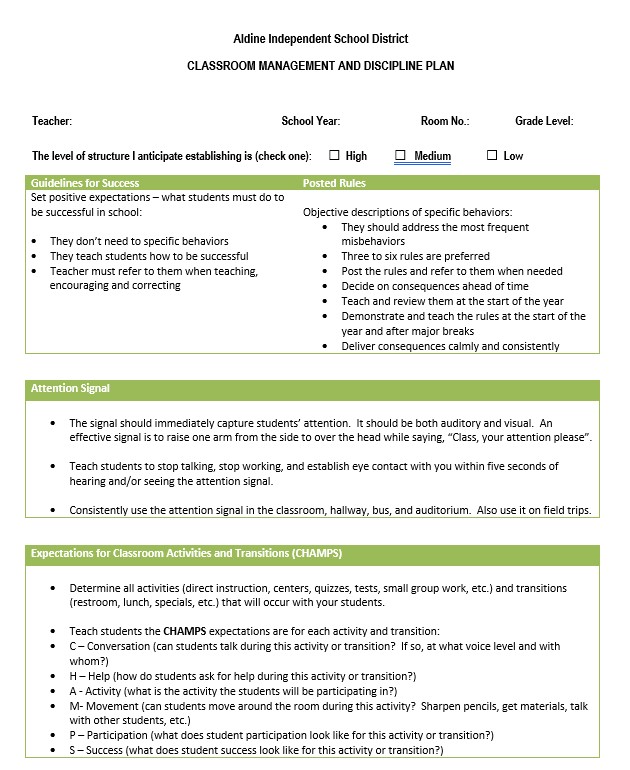A classroom management plan can be defined as the teacher’s skills to create a teaching and learning process that is more conducive and control it from problems and disturbs. It is then served in the form of a plan on sheets of the paper.
In a modern teaching and learning process, the teacher must give chances for the students to do creative but structured activities to improve their skills more. The class management should also be efforts to plan, organize, actualize, and conduct supervision towards programs and activities. This way, the process can be done more systematically, effectively, and efficiently.
Classroom Management Plan
The Basic Concept of Classroom Management Plan
The basic concept of a classroom management plan revolves around four key components: students as individuals, students as a group, the school, and the environment.
Understanding the Key Components
- Students as Individuals: Each student brings their unique personality, learning style, and background to the classroom. Recognizing and respecting these individual differences is crucial. A classroom management plan should include strategies for meeting individual students’ needs and fostering their personal growth.
- Students as a Group: A classroom is a community. The dynamics of this community can significantly impact the learning environment. A classroom management plan should promote positive group interactions, foster a sense of belonging, and encourage cooperative learning.
- School: The broader school context also plays a role in classroom management. School policies, culture, and resources can influence classroom behavior. A classroom management plan should align with the school’s mission and policies.
- Environment: The classroom’s physical environment can affect behavior and learning. A well-organized, welcoming, safe classroom can enhance student engagement and motivation. A classroom management plan should consider aspects such as seating arrangements, classroom decorations, and the organization of teaching materials.
The Teacher’s Role as a Controller
In a classroom management plan, the teacher acts as a controller, guiding the students’ behavior and overall functioning. This role involves setting clear expectations, enforcing rules, and implementing the procedures outlined in the plan.
However, being a controller doesn’t mean being authoritarian. Instead, it’s about creating a structured environment where students know what to expect and what’s expected of them. It’s about guiding students towards self-discipline and responsibility, providing them with the tools to manage their behavior, and creating a conducive learning environment.
The Functions of Classroom Management
Classroom management is a critical aspect of teaching that serves several functions. These functions work together to create a conducive learning environment, promote student engagement, and enhance teaching-learning. Here, we explore four key functions of classroom management: the classroom plan function, the classroom organization function, the classroom leadership function, and the classroom control function.
Classroom Plan Function
The classroom plan function involves the planning and structuring of classroom activities. It includes designing lesson plans, scheduling activities, and planning for contingencies. Effective planning ensures that classroom time is utilized efficiently, learning objectives are met, and students remain engaged and focused. The classroom plan function also involves setting clear expectations for student behavior and academic performance, which can help create a positive and productive learning environment.
Classroom Organization Function
The classroom organization function involves arranging the physical layout of the classroom and managing resources. It includes the arrangement of desks, the display of educational materials, and the organization of teaching aids and resources. Effective organization can reduce distractions, promote accessibility, and enhance the overall learning experience. The classroom organization function also involves managing routines and procedures, which can help maintain order and predictability.
Classroom Leadership Function
The classroom leadership function involves guiding and motivating students. As leaders, teachers set the tone for the classroom, model appropriate behavior, and inspire students to achieve their best. Effective leadership can foster a sense of respect and cooperation among students, promote student engagement, and enhance the overall classroom climate. The classroom leadership function also involves making decisions that are in the best interest of the students and the learning process.
Classroom Control Functions
The classroom control functions involve managing student behavior and maintaining discipline. It includes addressing behavioral issues, enforcing rules, and implementing consequences for inappropriate behavior. Effective control helps maintain a safe and respectful learning environment, minimizes disruptions, and ensures all students can focus on learning. The classroom control functions also promote self-discipline and responsibility among students, which can help foster a sense of autonomy and respect for others.
The Purposes of Classroom Management
Classroom management is a critical aspect of teaching that goes beyond maintaining discipline and order. It serves several purposes, all aimed at creating an environment conducive to effective teaching and learning. Here, we delve into two primary purposes of classroom management: improving the effectiveness and efficiency of teaching and learning and physical and socio-emotional management.
Improving the Effectiveness and Efficiency of Teaching and Learning
One of the main purposes of classroom management is to enhance the effectiveness and efficiency of both teaching and learning. Effective classroom management strategies ensure optimal classroom time, minimizing disruptions and maximizing instructional time.
Teachers can create an environment where students can focus on learning by setting clear expectations, establishing routines, and promptly addressing behavioral issues. It not only improves the quality of instruction but also promotes student engagement and participation, leading to better learning outcomes.
Moreover, effective classroom management can help cater to diverse learning needs. By managing the classroom effectively, teachers can provide individual attention, adapt teaching methods to cater to different learning styles and create opportunities for cooperative learning. It can significantly enhance the learning experience for all students, irrespective of their learning preferences or abilities.
Physical and Socio-Emotional Management
Classroom management also involves managing the physical and socio-emotional aspects of the classroom environment. The physical layout of the classroom, the arrangement of desks, the display of educational materials, and the accessibility of resources all fall under physical management. Effective physical management can enhance learning by reducing distractions, promoting accessibility, and creating a welcoming and inclusive environment.
Socio-emotional management, on the other hand, involves creating a positive and supportive classroom climate. It includes fostering respectful and positive interactions, promoting a sense of belonging, and addressing students’ socio-emotional needs. Effective socio-emotional management can enhance students’ motivation, engagement, and well-being
The Approaches to Classroom Management
The Approaches to Classroom Management**
Classroom management is a multifaceted concept that involves creating an environment conducive to learning. There are several approaches to classroom management, each with a unique perspective on creating this environment. Here, we will explore five of these approaches: The leadership approach, The freedom approach, The socio-emotional approach, The eclectic approach, And The recipe approach.
Leadership Approach
The leadership approach to classroom management emphasizes the teacher’s role as a leader. In this approach, the teacher sets clear expectations, establishes rules, and guides students toward achieving their educational objectives. The teacher’s leadership promotes a sense of order and reference in the classroom, fostering an approving education environment. This approach requires the teacher to be proactive, establishing the tone for the classroom and the behavior they expect from their students.
Freedom Approach
The freedom approach to classroom management promotes student autonomy. This course enables students to take accountability for their actions and decisions, promoting independence and self-discipline.
In a classroom that utilizes the freedom approach, rules and procedures are often developed collaboratively, giving students a voice in how the classroom is run. This approach can foster a sense of ownership and engagement among students. Still, it requires the teacher to balance freedom with structure to ensure that the classroom remains conducive to education.
Socio-emotional Approach
The socio-emotional approach to classroom management focuses on building positive relationships and promoting a sense of society. This course emphasizes the significance of social and emotional teaching, teaching students skills like empathy, cooperation, and conflict resolution. In a classroom that uses the socio-emotional approach, the teacher strives to create supportive and inclusive conditions where all students feel respected and appreciated.
Eclectic Approach
The eclectic approach to classroom management combines elements from various approaches to fit the classroom’s unique needs. A teacher using this approach might use the leadership approach to establish rules, the space approach to promote student independence, and the socio-emotional approach to building a favorable classroom. The eclectic approach allows for flexibility and customization, enabling the coach to adapt their classroom handling systems to the changing needs of their students.
Recipe Approach
The recipe approach to classroom management involves following predetermined strategies or “recipes” for classroom management. These strategies might include specific procedures for handling disruptive behavior, routines for transitioning between activities, or systems for tracking student progress. The recipe approach can provide a clear and consistent framework for classroom management, but more flexibility is needed to address individual student needs or unique classroom situations.
Classroom Management Plan Templates
Classroom management is a critical aspect of teaching, and having a solid plan can make a significant difference in creating a conducive learning environment. Classroom management plan templates can be valuable in this process, providing a structured framework that can be customized to fit individual teaching styles and classroom needs. Here, we delve into an overview of various classroom management plan templates, how to choose the right one for your classroom, and how to customize these templates to fit your needs.
Various Classroom Management Plan Templates
Various classroom management plan templates are available, each designed to address different aspects of classroom management. Some templates focus on behavioral management, providing strategies for setting expectations, enforcing rules, and addressing behavioral issues. Others focus on instructional management, outlining procedures for lesson delivery, classroom discussions, and cooperative learning activities. Comprehensive templates cover all aspects of classroom management, from physical layouts and routines to behavior and instruction.
Choosing the Right Template for Your Classroom
Choosing the right classroom management plan template depends on your specific needs, teaching style, and the unique dynamics of your classroom. Here are some factors to consider:
Age and Developmental Level of Students: Younger or special needs students may require more structure and clear behavioral expectations. Older students may benefit from more autonomy and involvement in decision-making.
Classroom Dynamics: The size of the class, diversity of learning needs, and overall classroom dynamics can influence the type of management plan that will be most effective.
Teaching Style Your teaching: style and philosophy can also influence your choice of a classroom management plan. Some teachers prefer a more authoritarian approach, while others prefer a more democratic or cooperative approach.
Classroom Management Plan Template
Classroom Management Plan for Preschool
Classroom Management Plan Example
Comprehensive Classroom Management Plan
Effective Classroom Management Plan
Personal Classroom Management Plan
Classroom Management and Discipline Plan
Customizing Templates to Fit Your Teaching Style and Classroom Needs
Once you’ve chosen a template, the next step is to customize it to fit your teaching style and classroom needs. Here are some tips:
Align with Your Teaching Philosophy: Ensure that the strategies and procedures outlined in the plan align with your teaching philosophy and values.
Consider Your Students: Customize the plan to cater to your student’s unique needs and characteristics. It could incorporate strategies for diverse learning needs or age-appropriate routines and procedures.
Be Realistic and Practical: Ensure the plan is realistic and practical. It should provide a clear and manageable framework that you can consistently follow.
Seek Feedback: After implementing the plan, seek student feedback and adjust the plan as necessary. Classroom management is a dynamic process that requires ongoing adjustment and refinement.
You can create a structured and effective classroom management plan by choosing the right template and customizing it to fit your teaching style and classroom needs.
Conclusion
Classroom management is an essential component of the education process. It sets the stage for student attention and education and reflects the teacher’s ideas about content, pedagogy, and relationships with students. With a well-managed classroom, teachers will find it easier to teach effectively, and students may find it challenging to engage in meaningful learning.
Planning and applying is about maintaining control or implementing regulations and creating an environment that fosters mutual respect and encourages academic success. It involves setting clear expectations, creating a positive classroom culture, and using strategies to prevent and manage misbehavior.
The teacher plays a pivotal role in this process. As a leader, the teacher sets the style for conduct and relations in the classroom. They model respect, enthusiasm, and commitment to each student’s success. They also must be adaptable and adaptable, able to respond to the diverse needs of students and the inevitable unpredictability of classroom life.

The content creator team at calipsotree.com is dedicated to making topics accessible to everyone, with over 9 years of experience in writing and breaking down complex concepts into easy-to-understand articles that answer readers’ financial questions.






